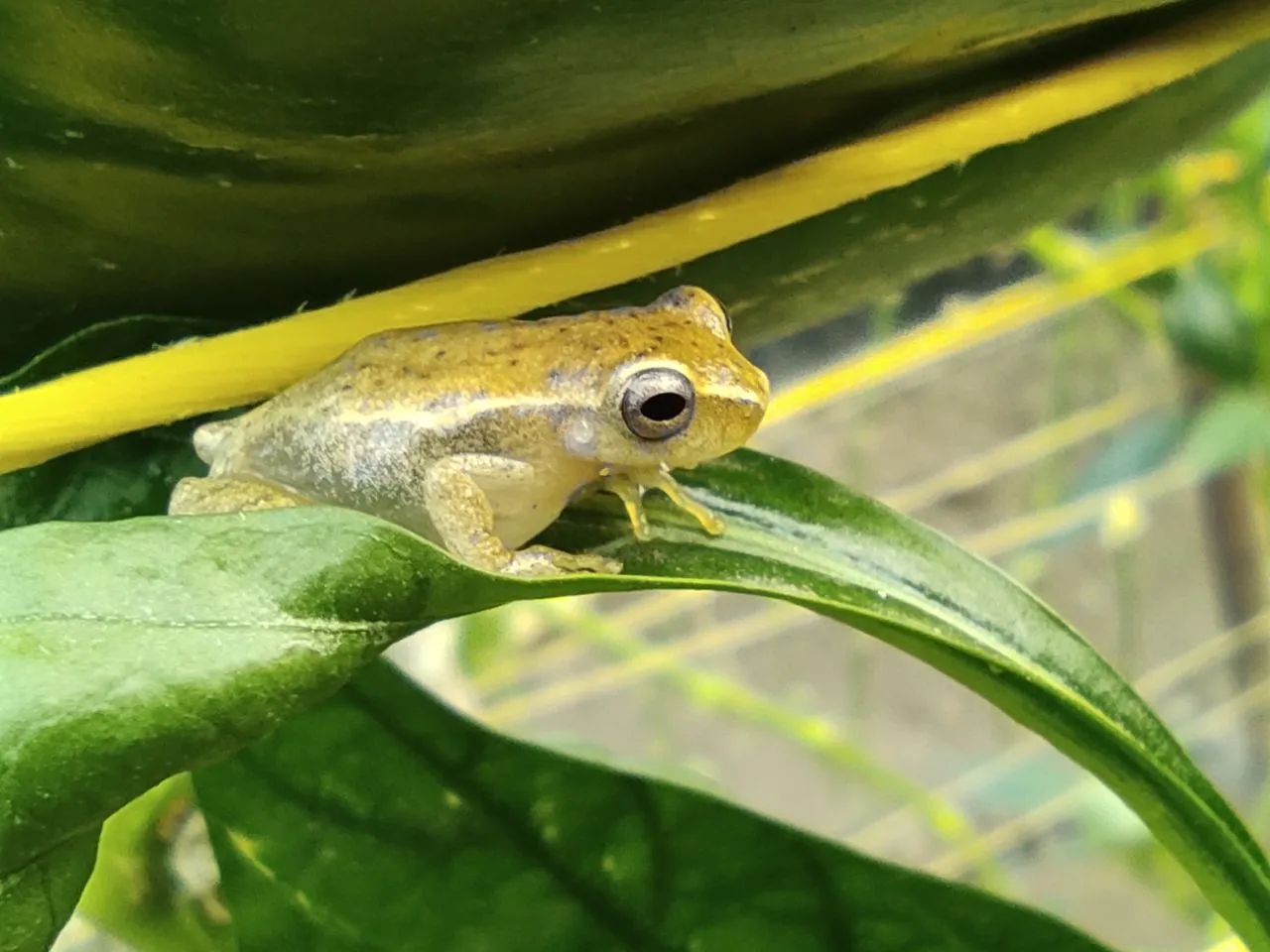
English - Español
Claro todas estas nuevas experiencias espero compartirlas con los hivers en los próximos días, pero por ahora quiero mostrarles algunas fotografías que he captado en mi estadía fuera de la ciudad, en este pequeño pueblo donde he estado trabajando desde febrero del año en curso.
Usualmente en los invernaderos se pueden encontrar distintos tipos de plagas, pero que a la vez forman parte de este ecosistema, algunas polillas, gusanos dentro del pimentón, ranas, ácaros, trips y afidos, ademas de otros animales que siempre desean entrar para comer los frutos como pájaros e iguanas.
La ultima vez pude captar una pequeña rana, pero tan pequeña que era muy poco perceptible a la vista humana, para captarla tuve que utilizar el modo macro de mi teléfono celular y rogar que esta no saltara lejos, fue un poco difícil pero lo logre, ademas de eso una pequeña iguana estaba tratando de romper la malla del invernadero para entrar, al darme cuenta pude captarla casi al momento de ir y un par de días después un pequeño conejo estaba dentro de las instalaciones, lo atrapamos con una jaula para luego liberarlo.
After a long time out of the city and disconnected from the digital world I have returned, my life has taken a 360° turn and has changed completely, now I am dedicated to other things, I continue with my university career but in very small steps seeing 1-2 subjects per semester. However, my new activity has made me opt for another university in the career of Agronomic Engineering, to become a little more technical with the crops that we currently have and those that are to come.
Finally we were able to work in the field and in the vegetable industry, starting with a greenhouse to test the profitability, now are under construction 2 more that we will have operational in the next 7 days approximately, in which we will have a crop of 6300 plants of F1 hybrid paprika type magistral, predator and thames, besides that in another 2000 plants of hybrid tomato F1 type Alvaro.
Of course all these new experiences I hope to share with the hivers in the coming days, but for now I want to show you some pictures that I have taken during my stay outside the city, in this small town where I have been working since February of this year.
Usually in the greenhouses you can find different types of pests, but that at the same time are part of this ecosystem, some moths, worms inside the paprika, frogs, mites, thrips and aphids, besides other animals that always want to enter to eat the fruits like birds and iguanas.
The last time I was able to capture a small frog, but so small that it was very little perceptible to human sight, to capture it I had to use the macro mode of my cell phone and pray that it did not jump far, it was a little difficult but I managed it, besides that a small iguana was trying to break the mesh of the greenhouse to enter, when I realized I could capture it almost at the moment of going and a couple of days later a small rabbit was inside the facilities, we caught it with a cage to release it later.
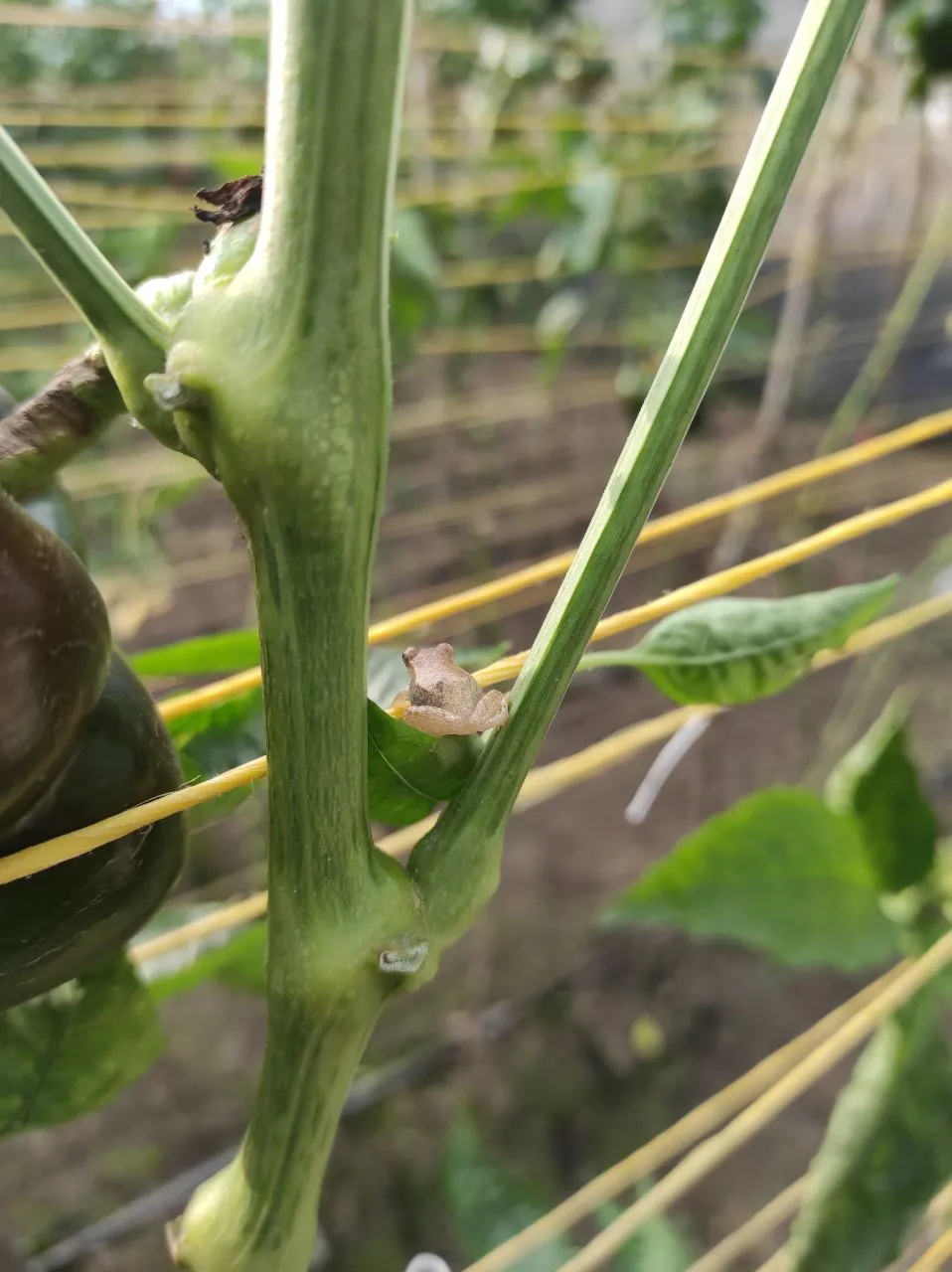
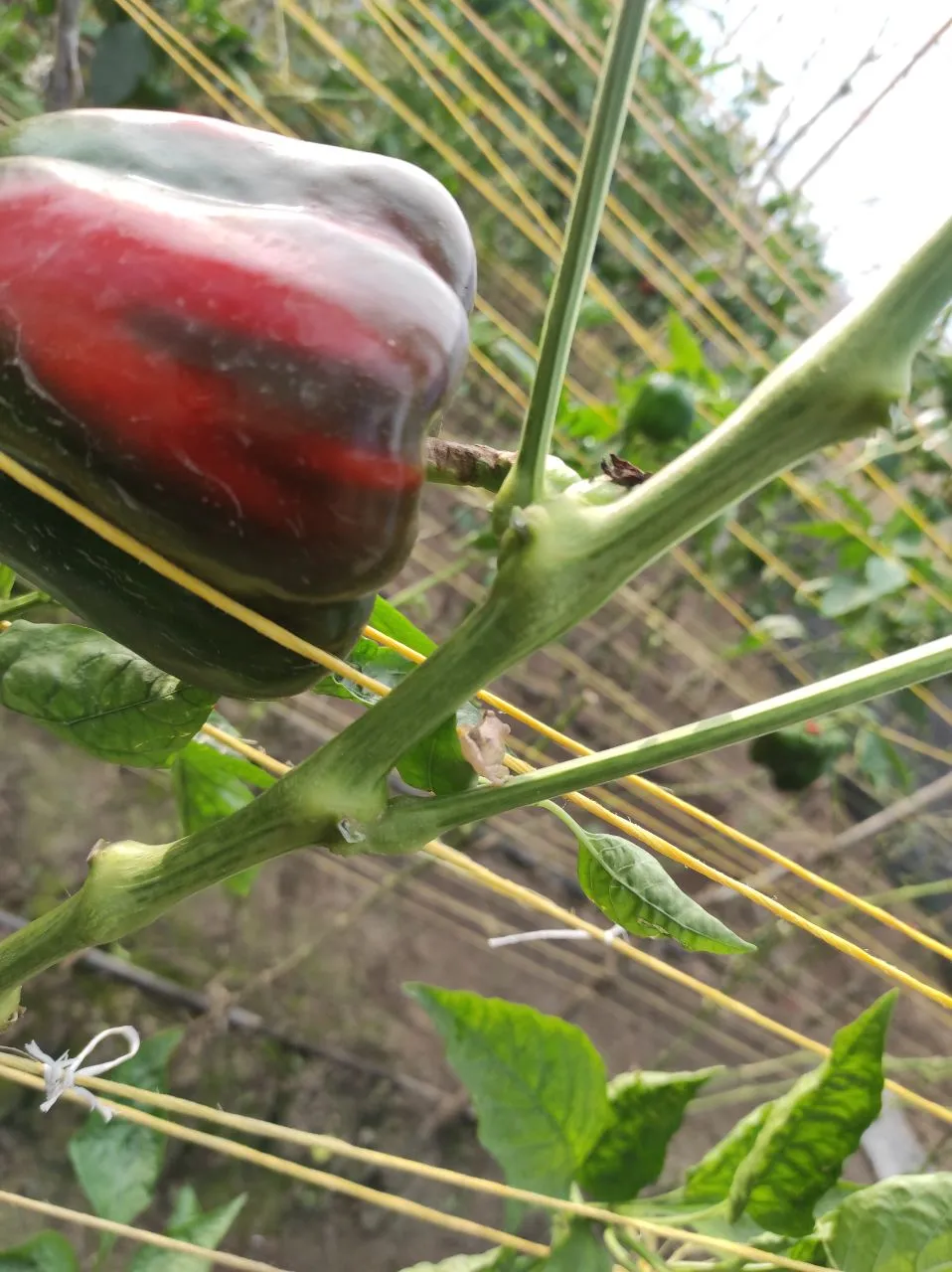

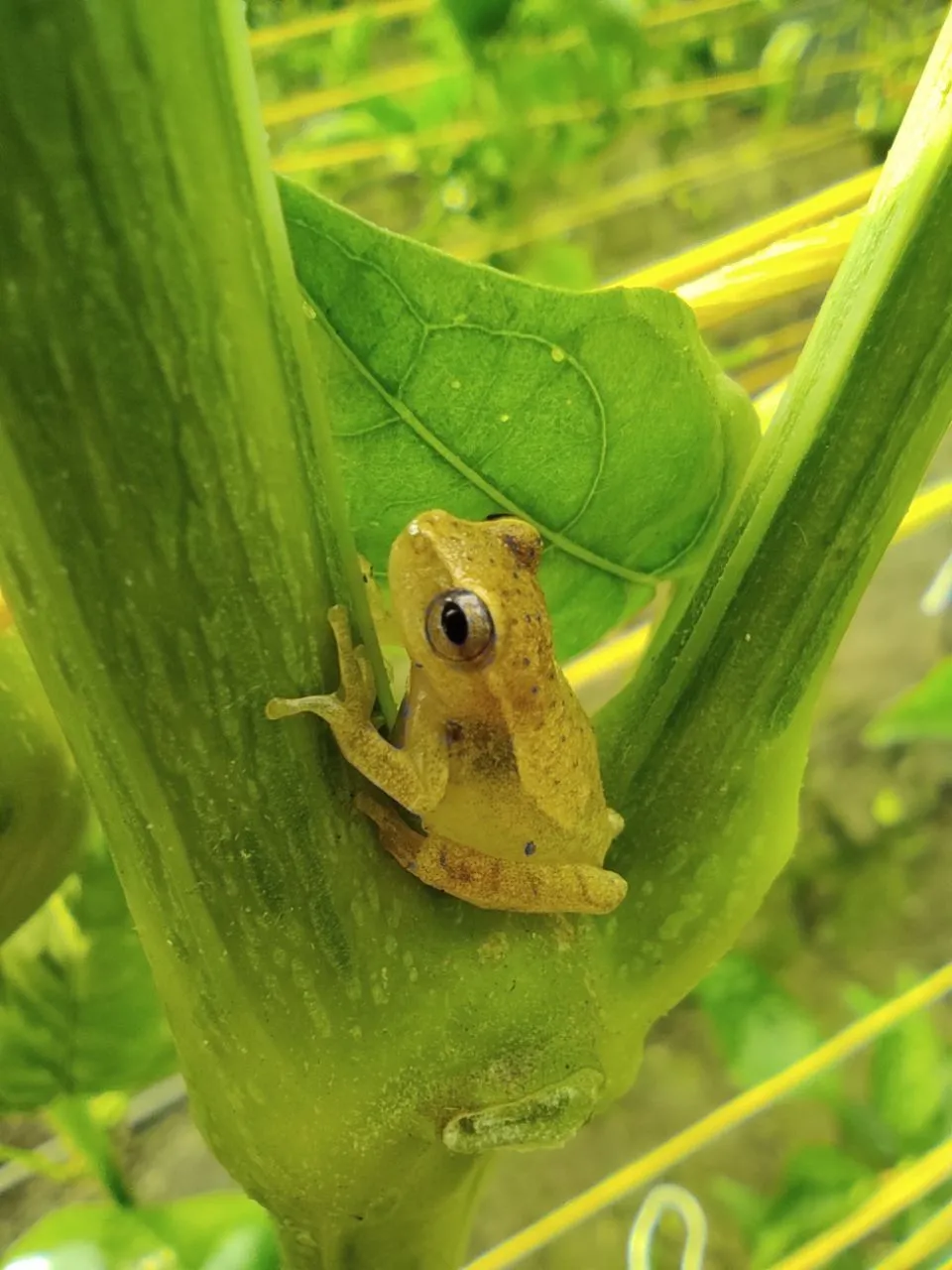

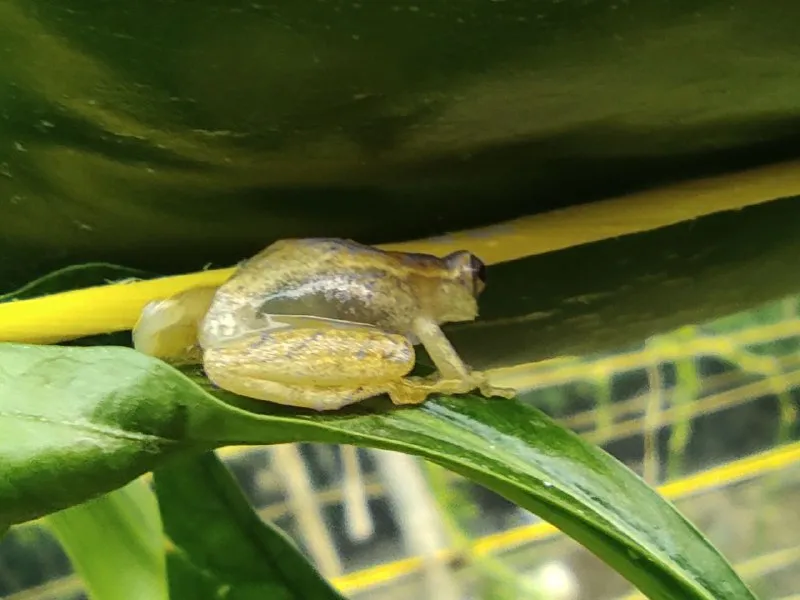
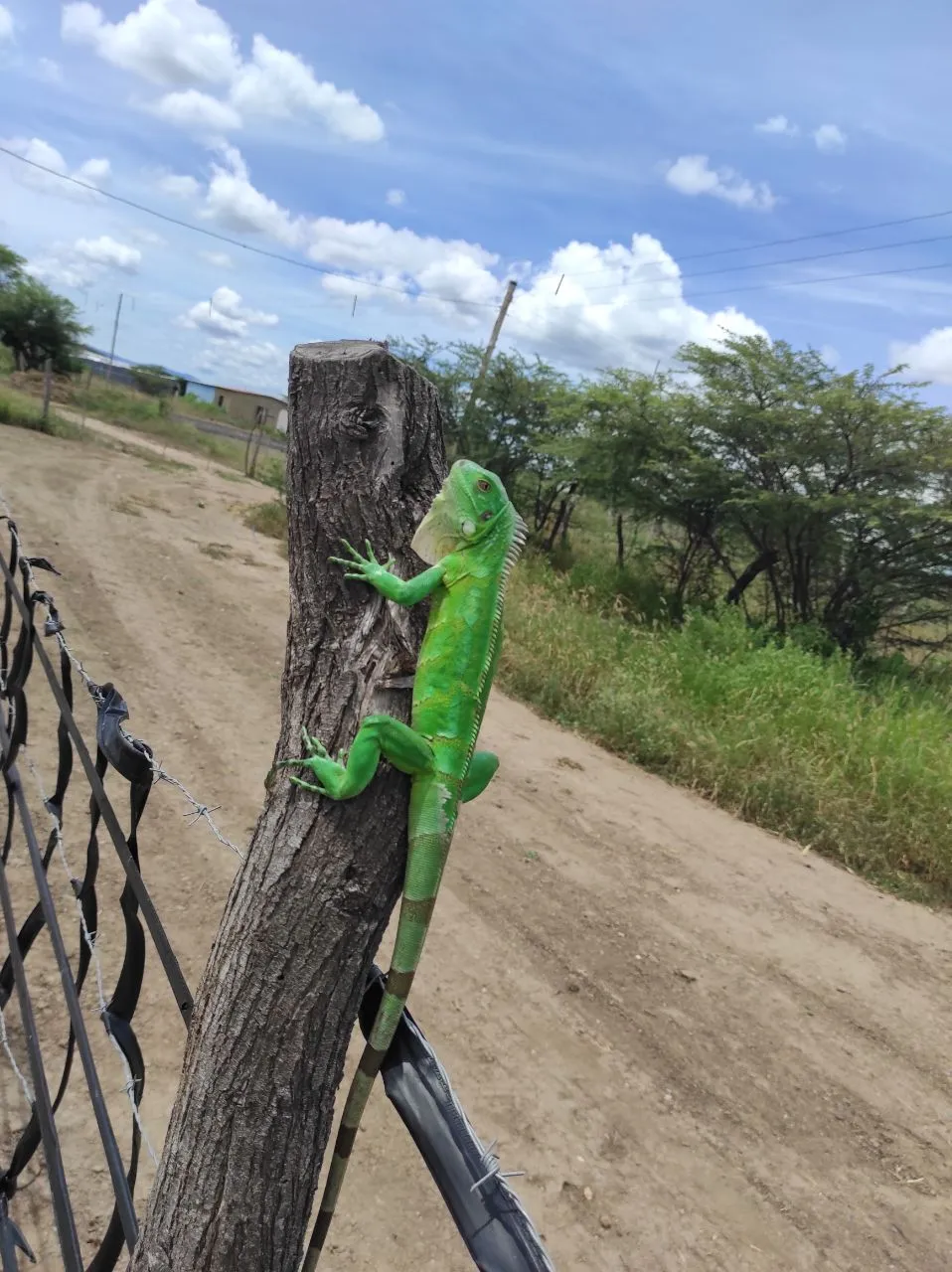
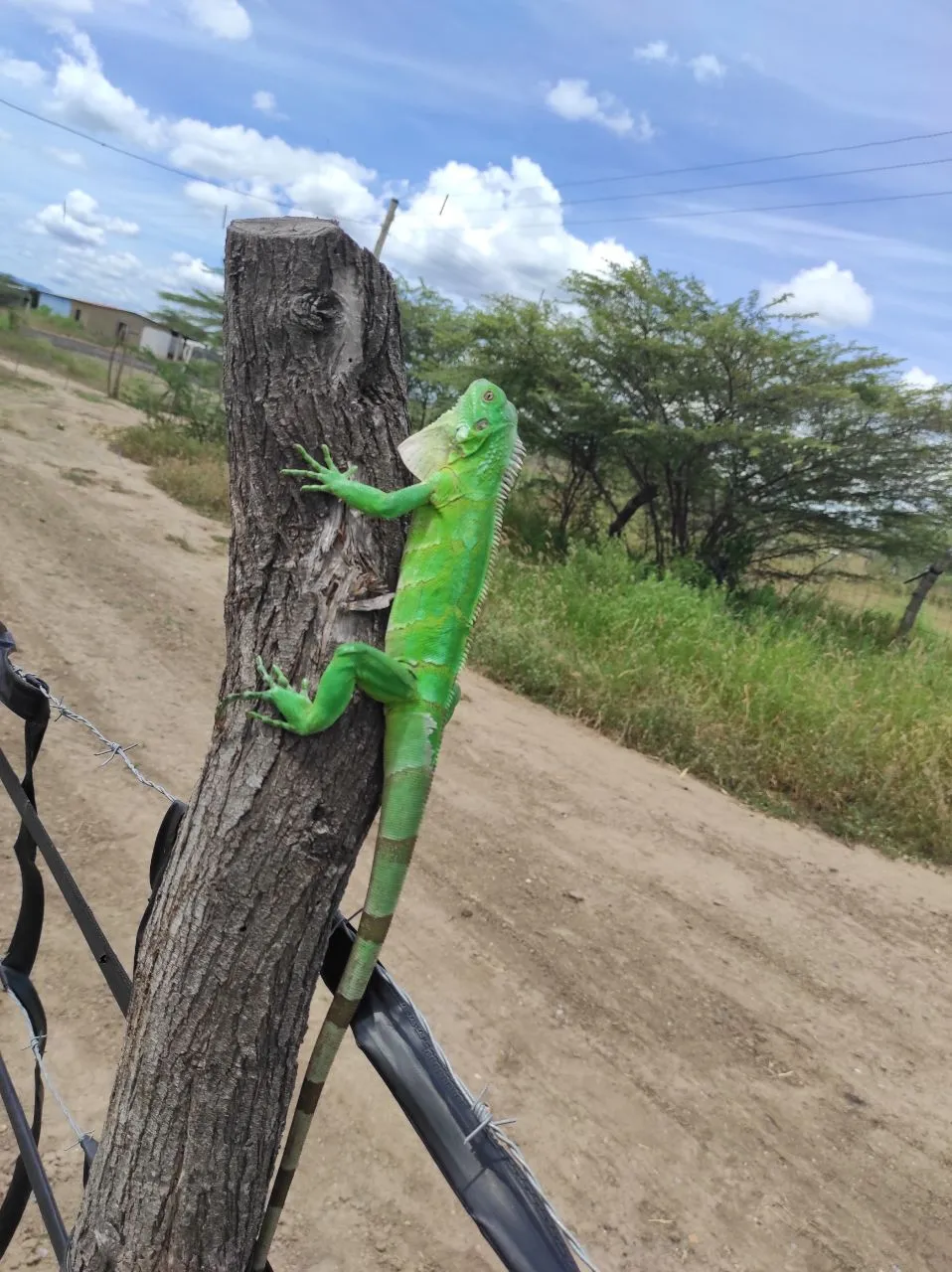
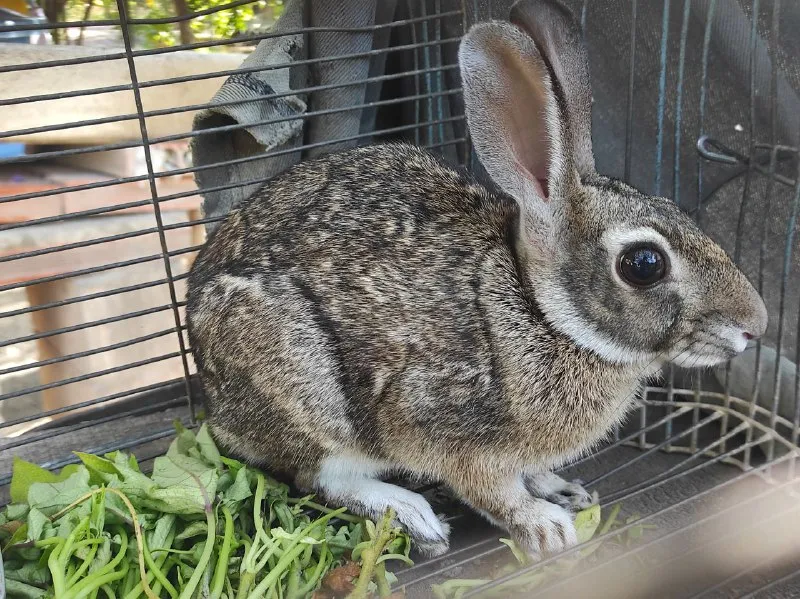
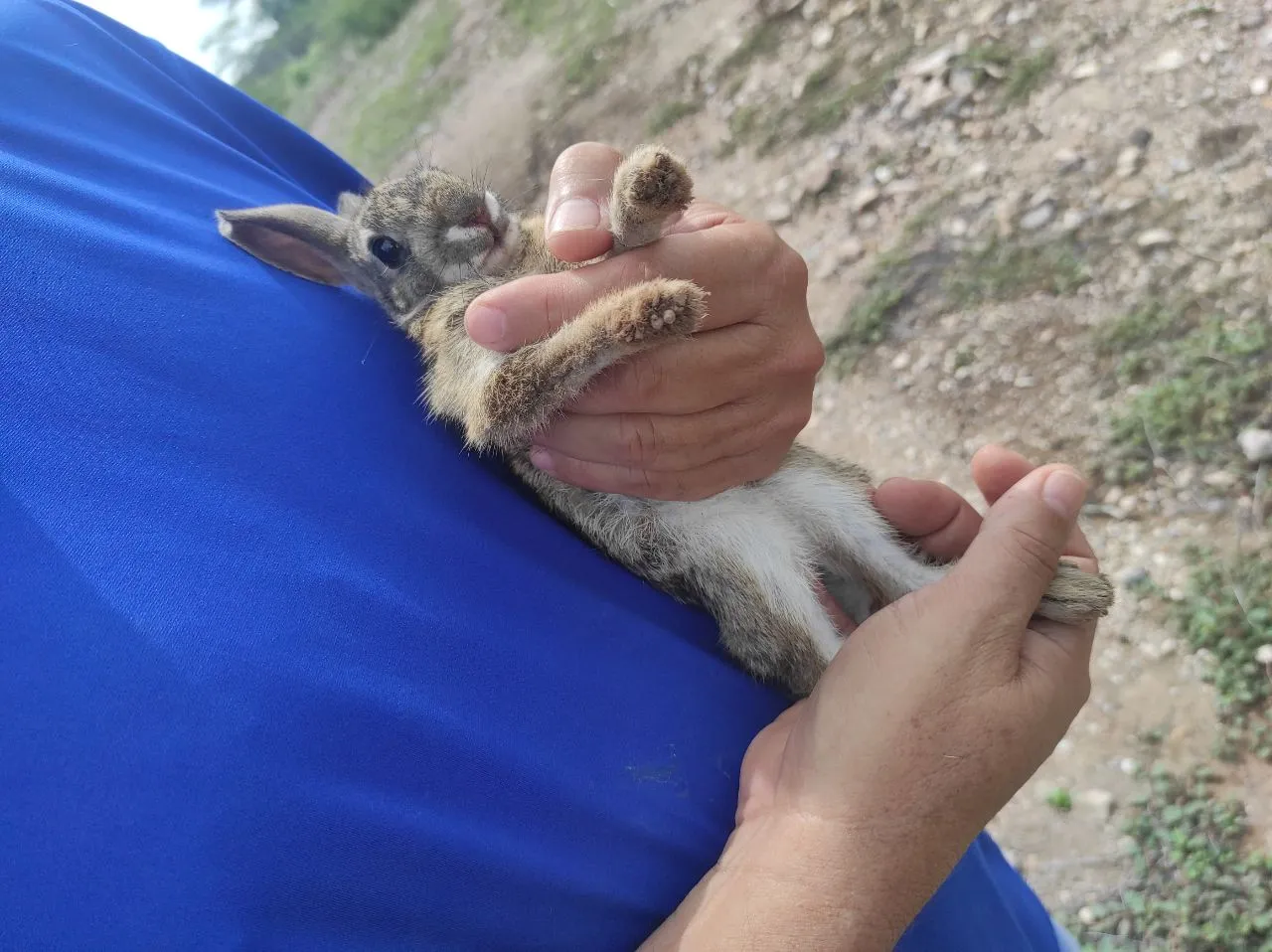
Tampoco es raro ver en abundancia mariquitas (Coccinellidae), y mucho menos Mantis regiliosas, y como son depredadores naturales de las plagas que afectan los cultivos tratamos de cuidarlas al máximo, estas mantienen a raya a polillas, ácaros y algunos trips, pero cuando la plaga aumenta en exceso debemos utilizar insecticidas químicos y biológicos para controlarlas, es imposible erradicarlas, así que aprendemos a mantenerlas a raya y a convivir con ellas.
It is also not uncommon to see abundant ladybugs (Coccinellidae), let alone Mantis regiliosas, and as they are natural predators of pests that affect crops we try to take care of them as much as possible, they keep moths, mites and some thrips at bay, but when the pest increases in excess we must use chemical and biological insecticides to control them, it is impossible to eradicate them, so we learn to keep them at bay and live with them.
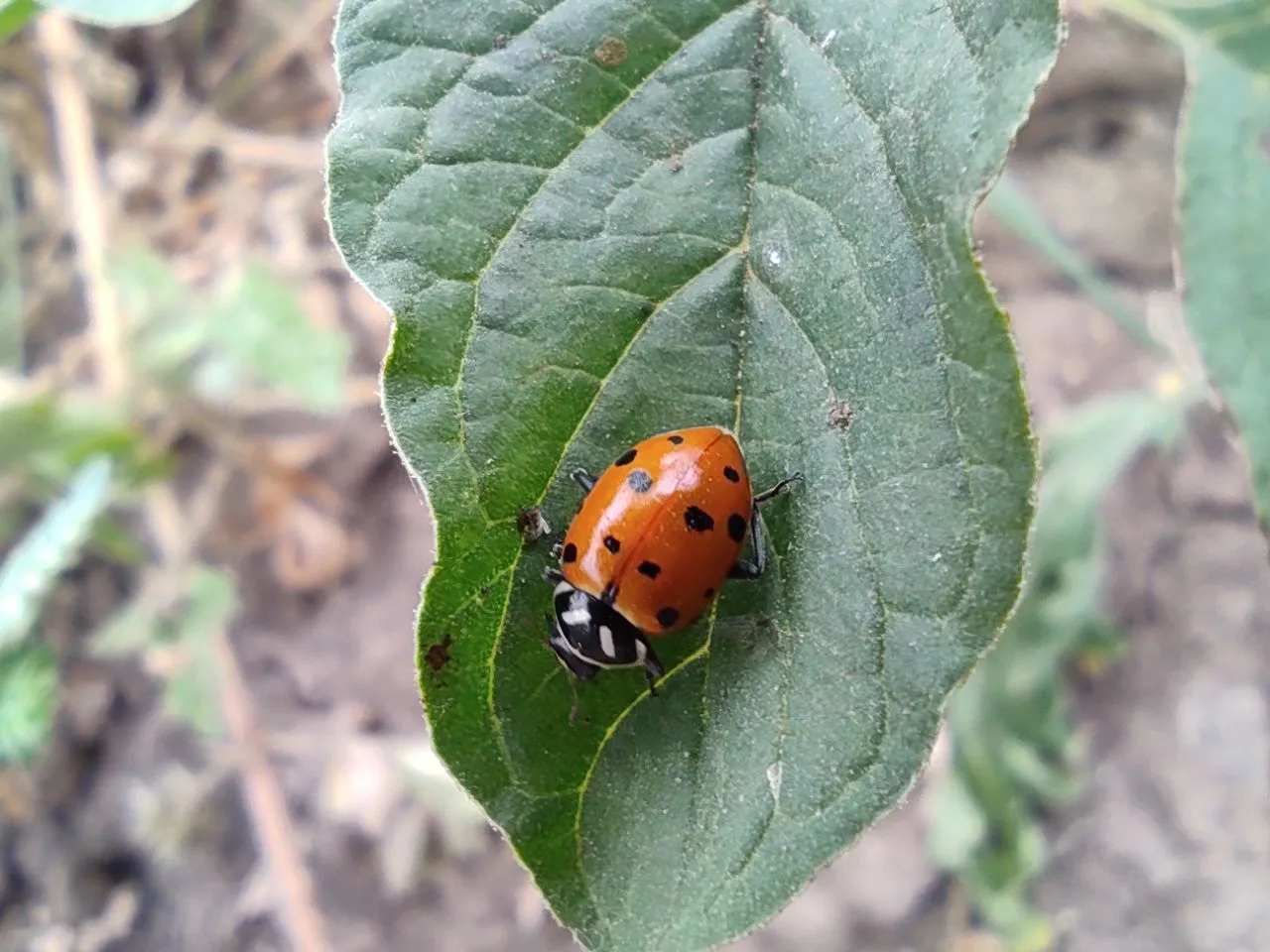
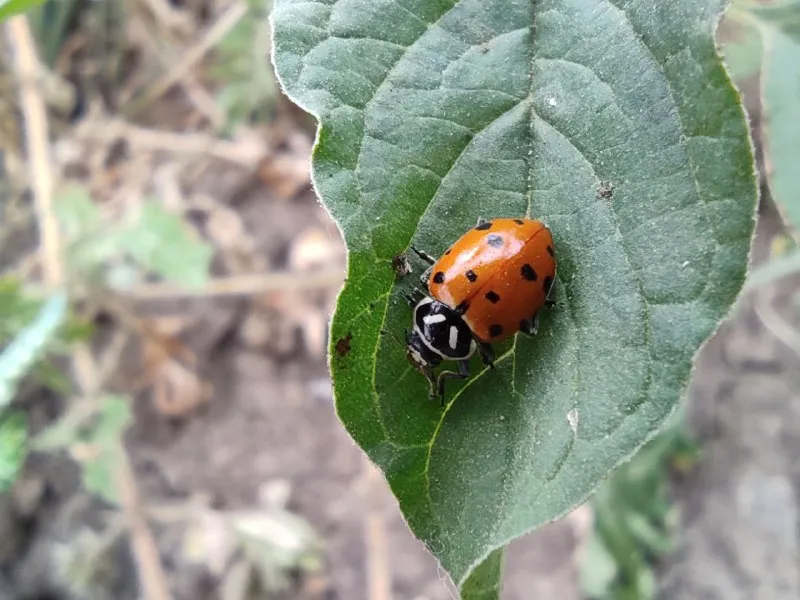
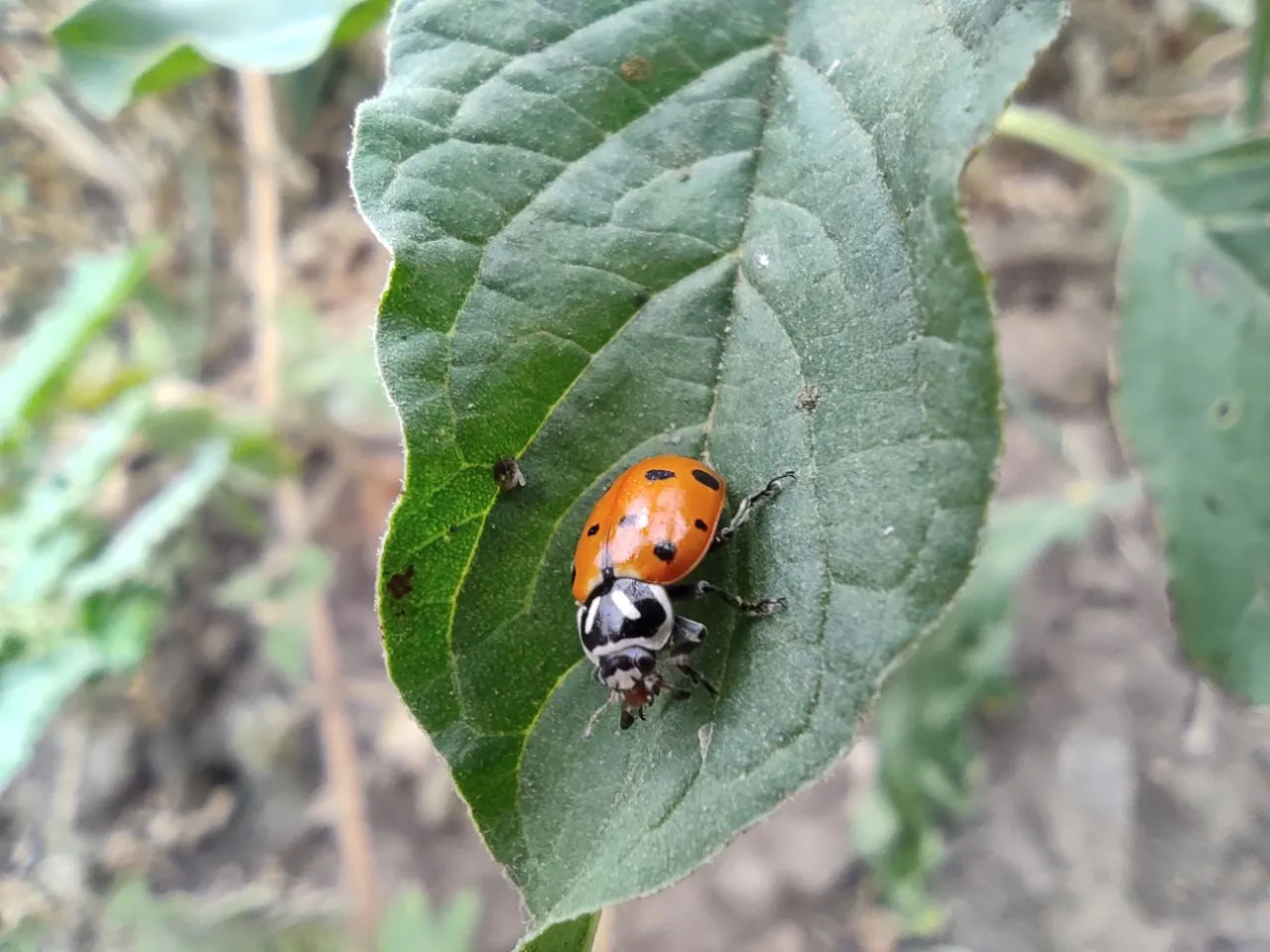
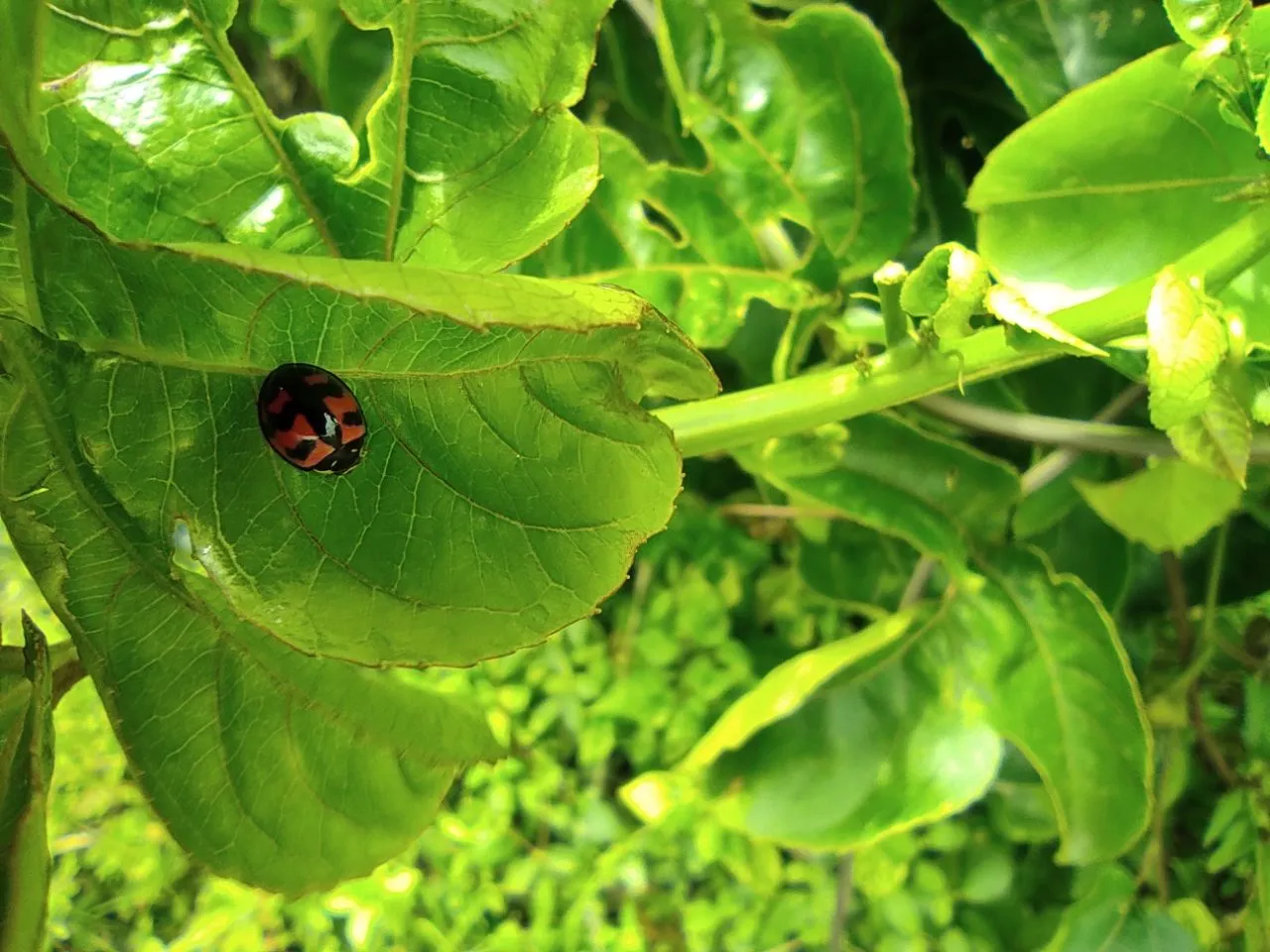
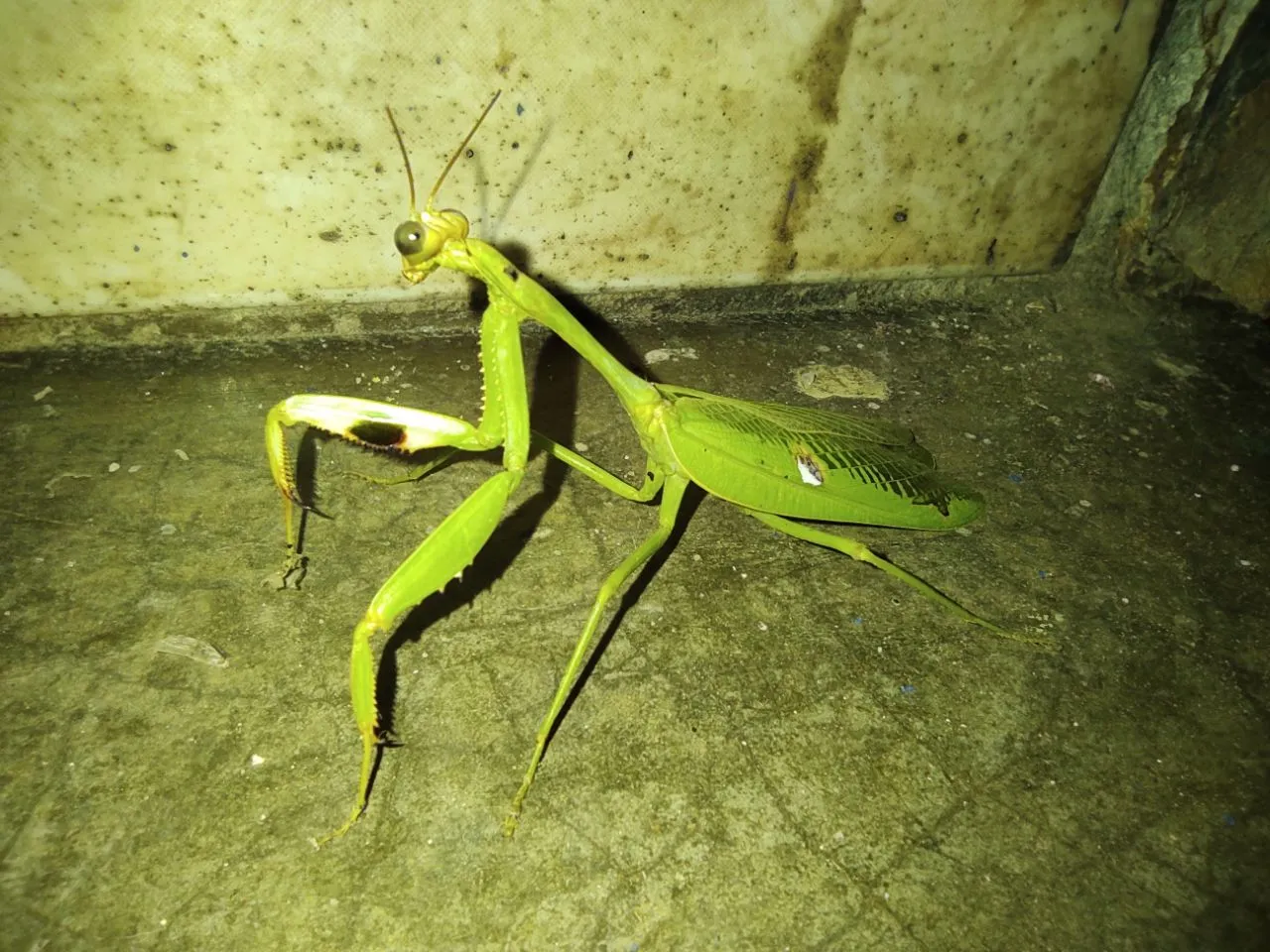
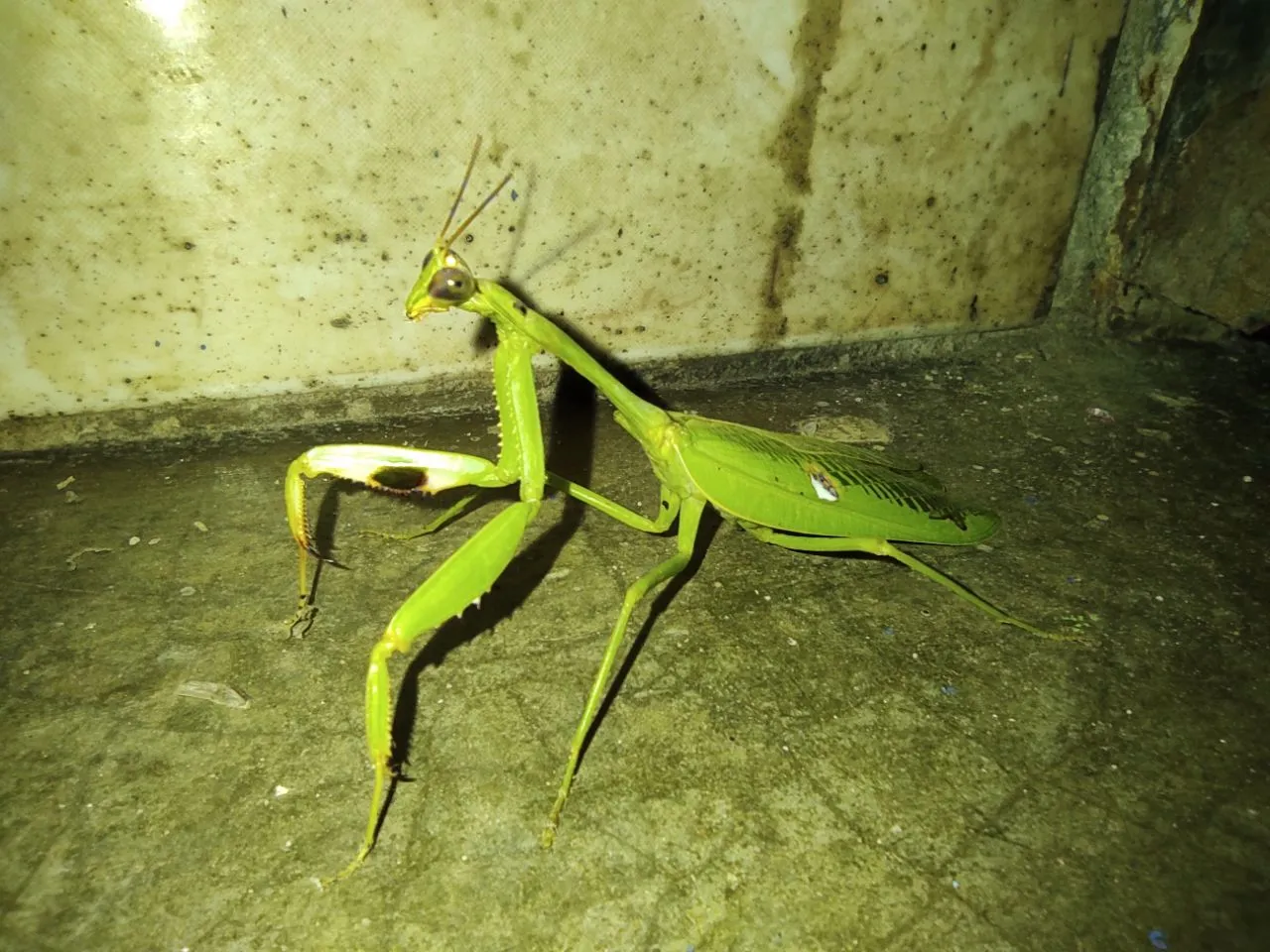
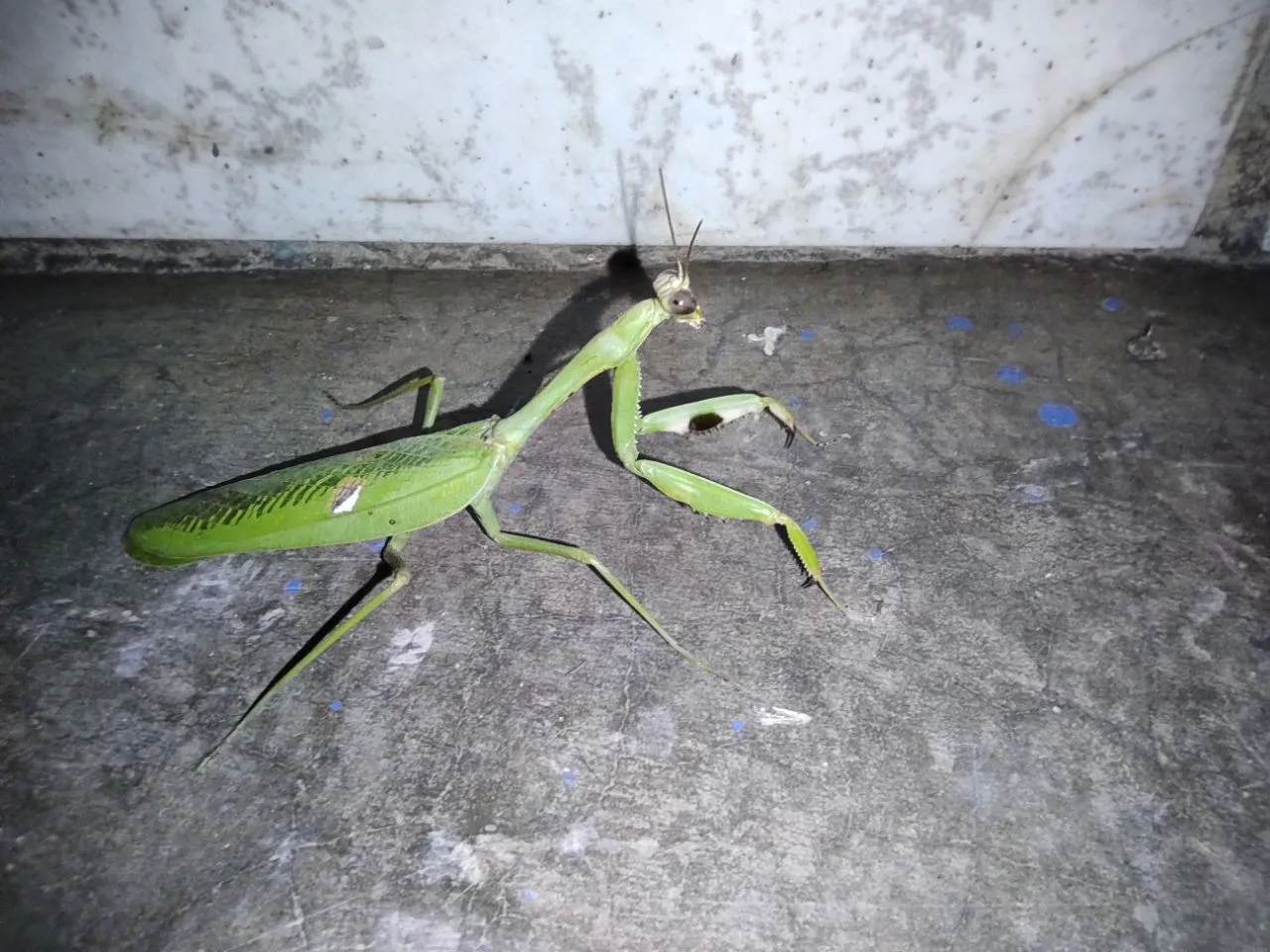
Entre las plagas que siempre están presente en este ecosistema, se encuentra el gusano cogollero (spodoptera frugiperda), cabeza negra (spodoptera exigua), piojos (trips), moscas blancas.
Hemos visto las 3 faces de los guanos desde L1 a L3, cuando los gusanos se convierten en polillas dentro de los pimentones o en las grietas del suelo.
Los piojos usualmente están dentro de las flores del pimentón, y las polillas revolotean hasta posarse en las hojas, cada polilla puede colocar hasta 1000 huevos, y cuando estos eclosionan comienzan a comer desde las hojas mas tiernas hasta internarse en el tallo de la planta y luego hacia el fruto.
Las moscas blancas se alimentan de la savia de las plantas, y estas trasmiten virus entre plantas, como es el caso del tobamo virus.
Among the pests that are always present in this ecosystem are the codling moth (spodoptera frugiperda), black head (spodoptera exigua), lice (thrips), whiteflies.
We have seen the 3 faces of guanos from L1 to L3, when the worms turn into moths inside the peppers or in the cracks of the soil.
The lice are usually inside the paprika flowers, and the moths flutter up to land on the leaves, each moth can lay up to 1000 eggs, and when they hatch they start eating from the tenderest leaves to the stem of the plant and then into the fruit.
Whiteflies feed on plant sap, and these transmit viruses between plants, as is the case of tobamo virus.
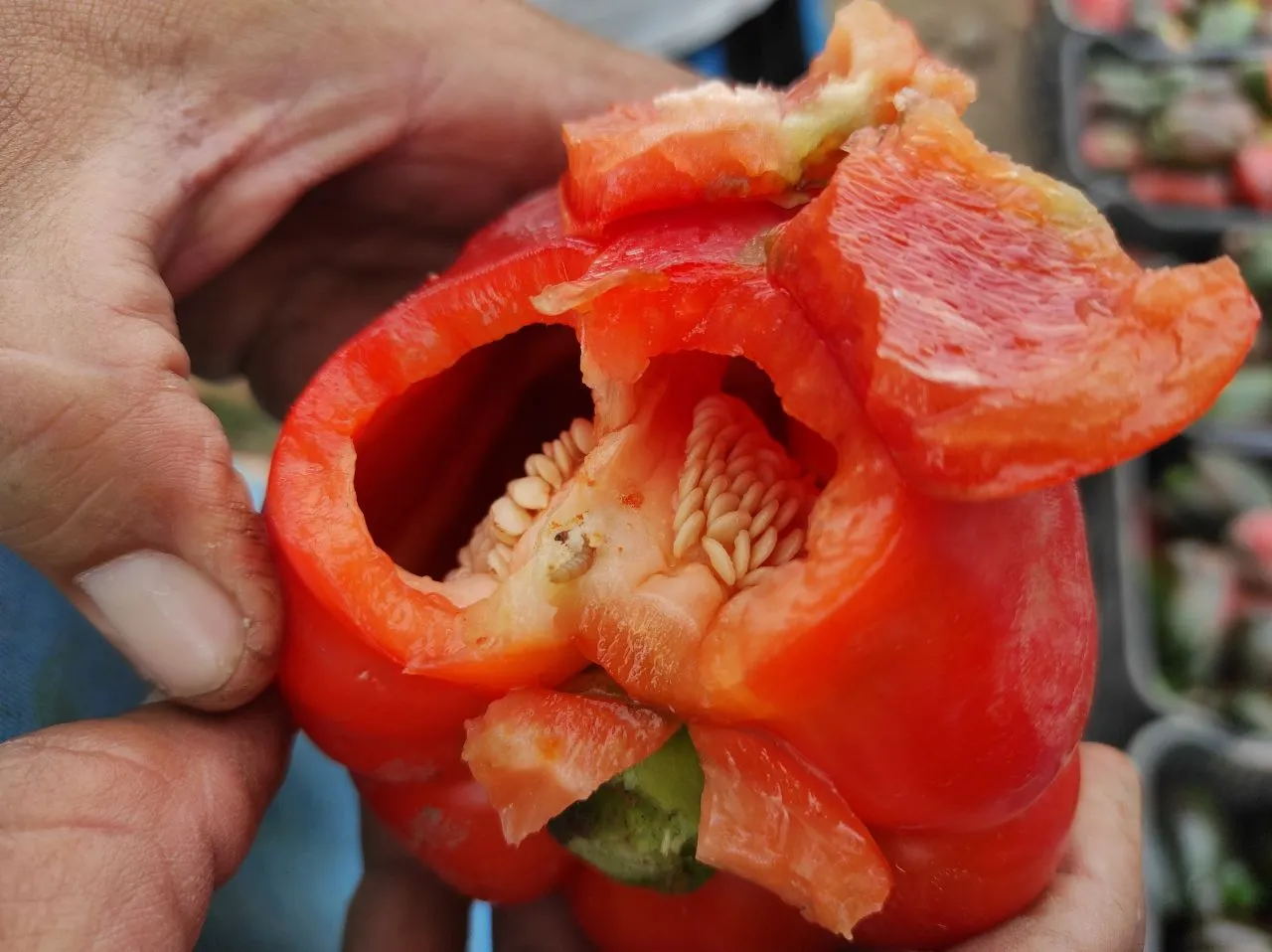
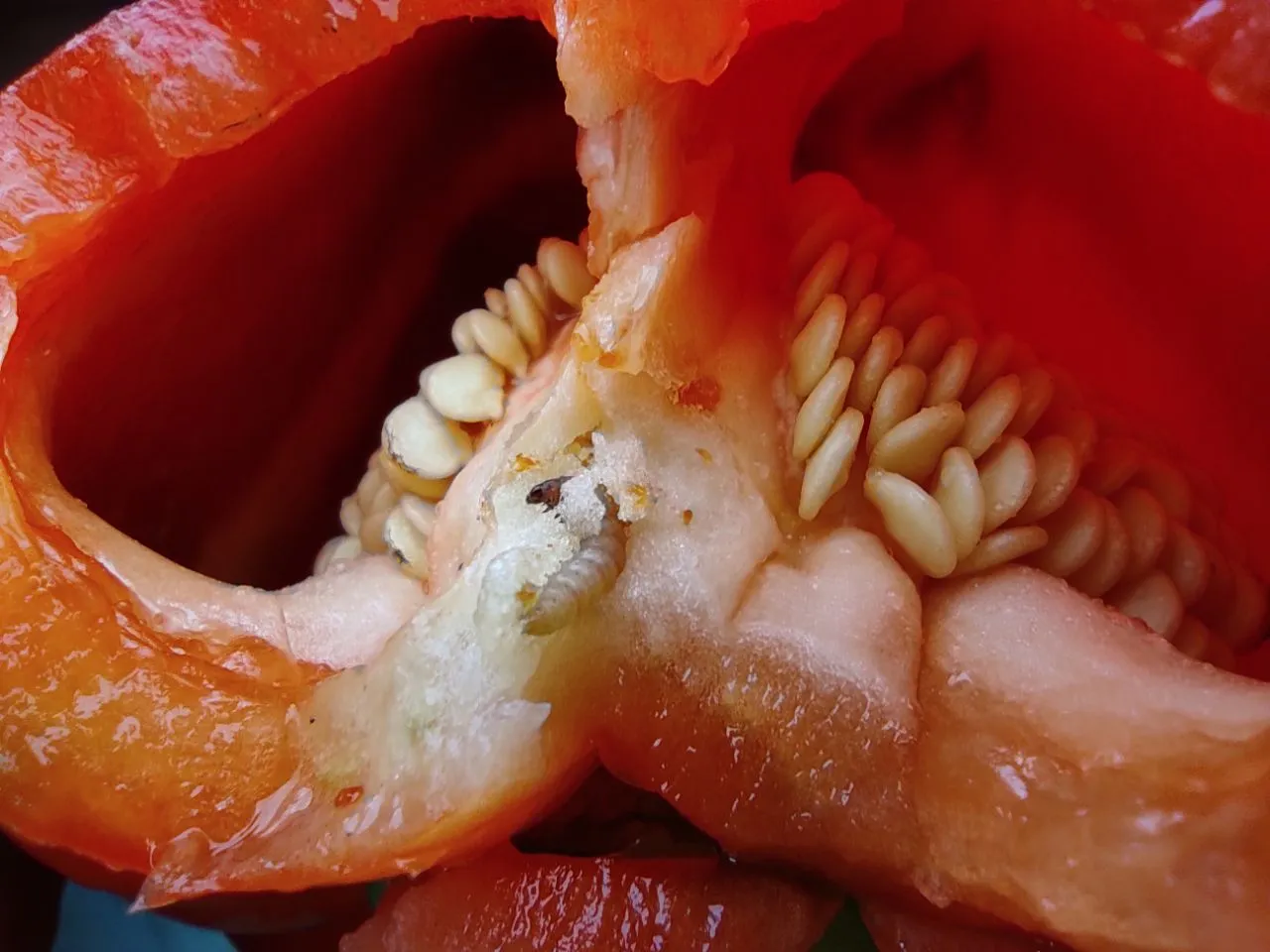
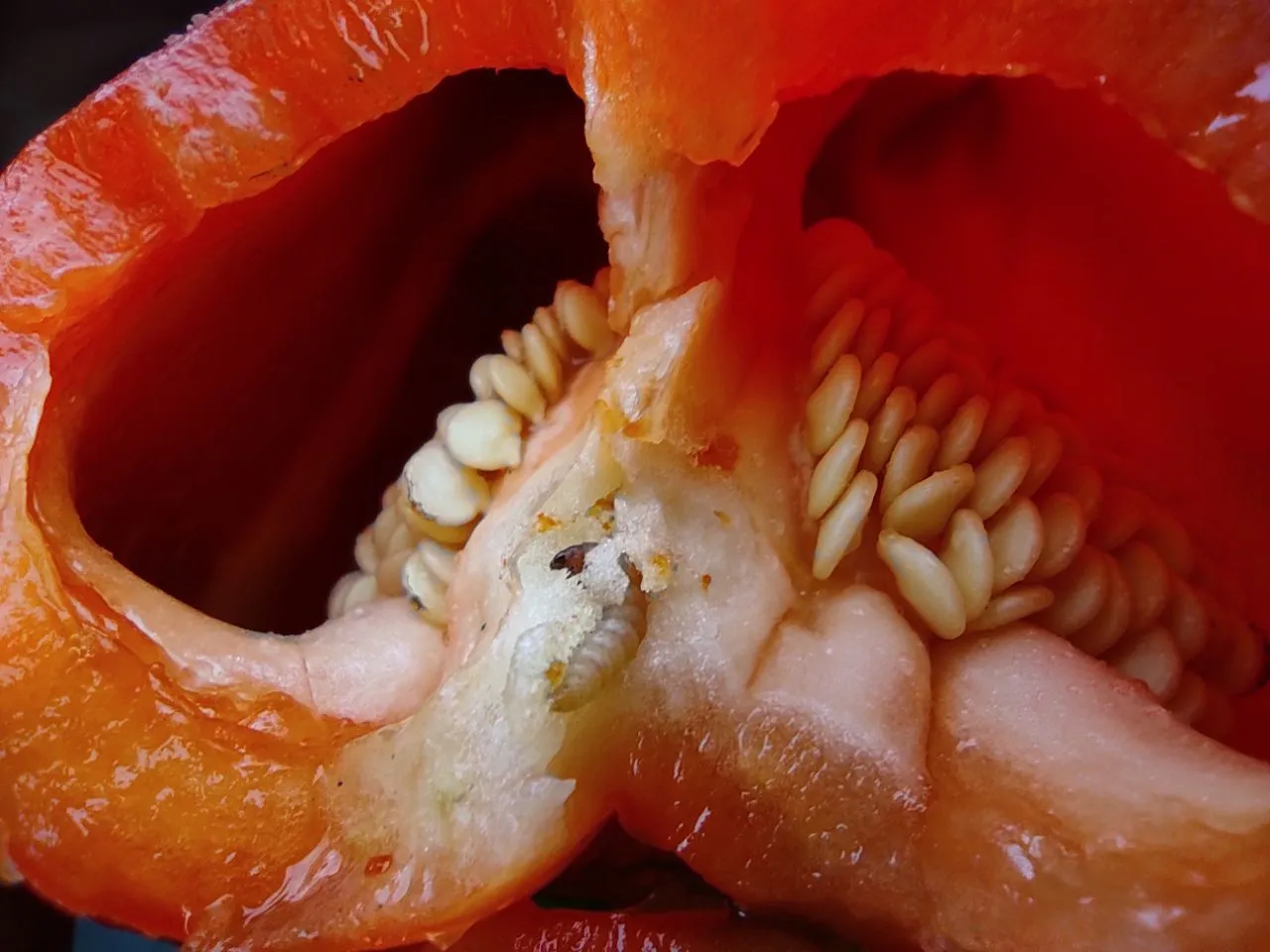

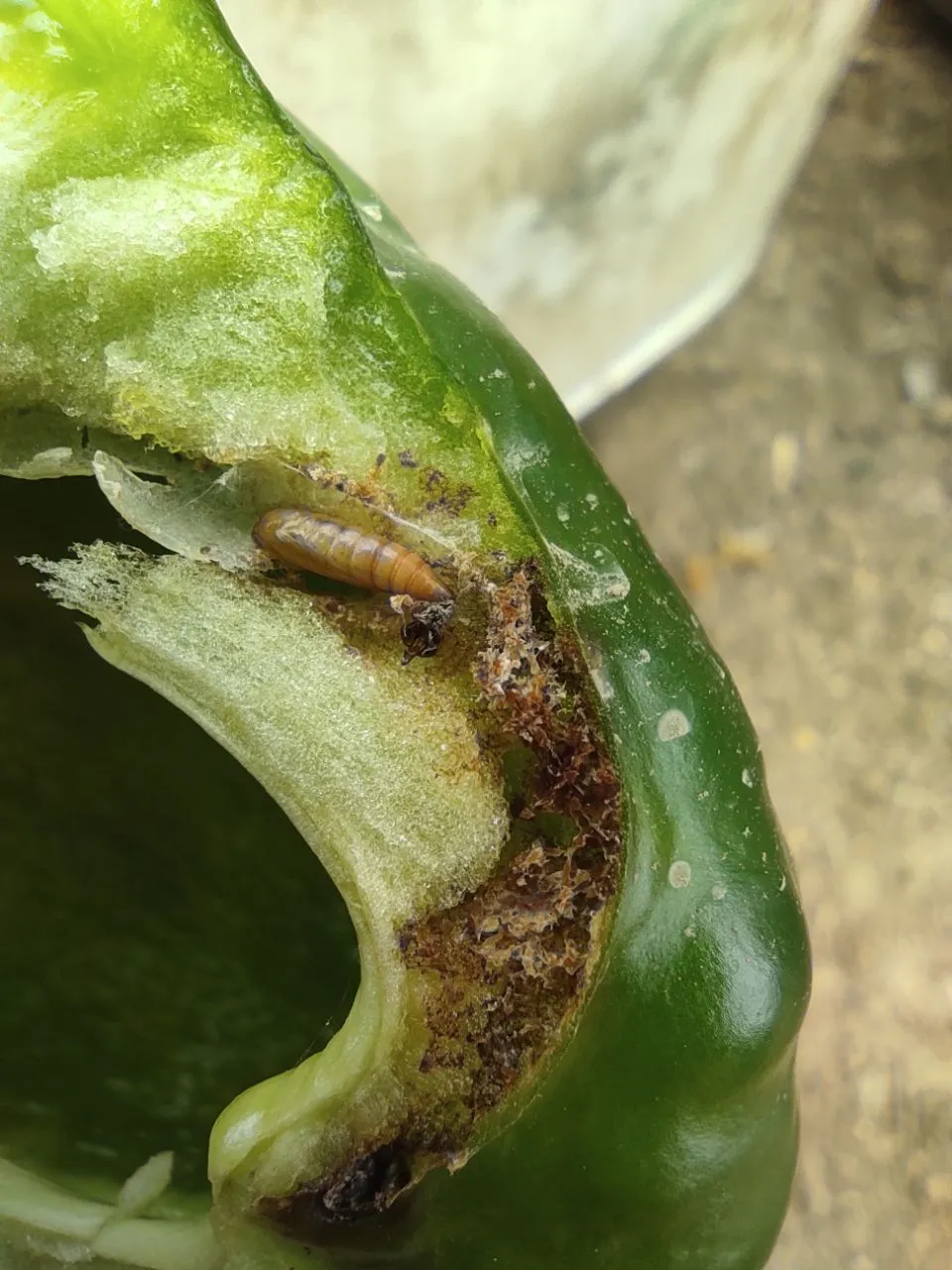

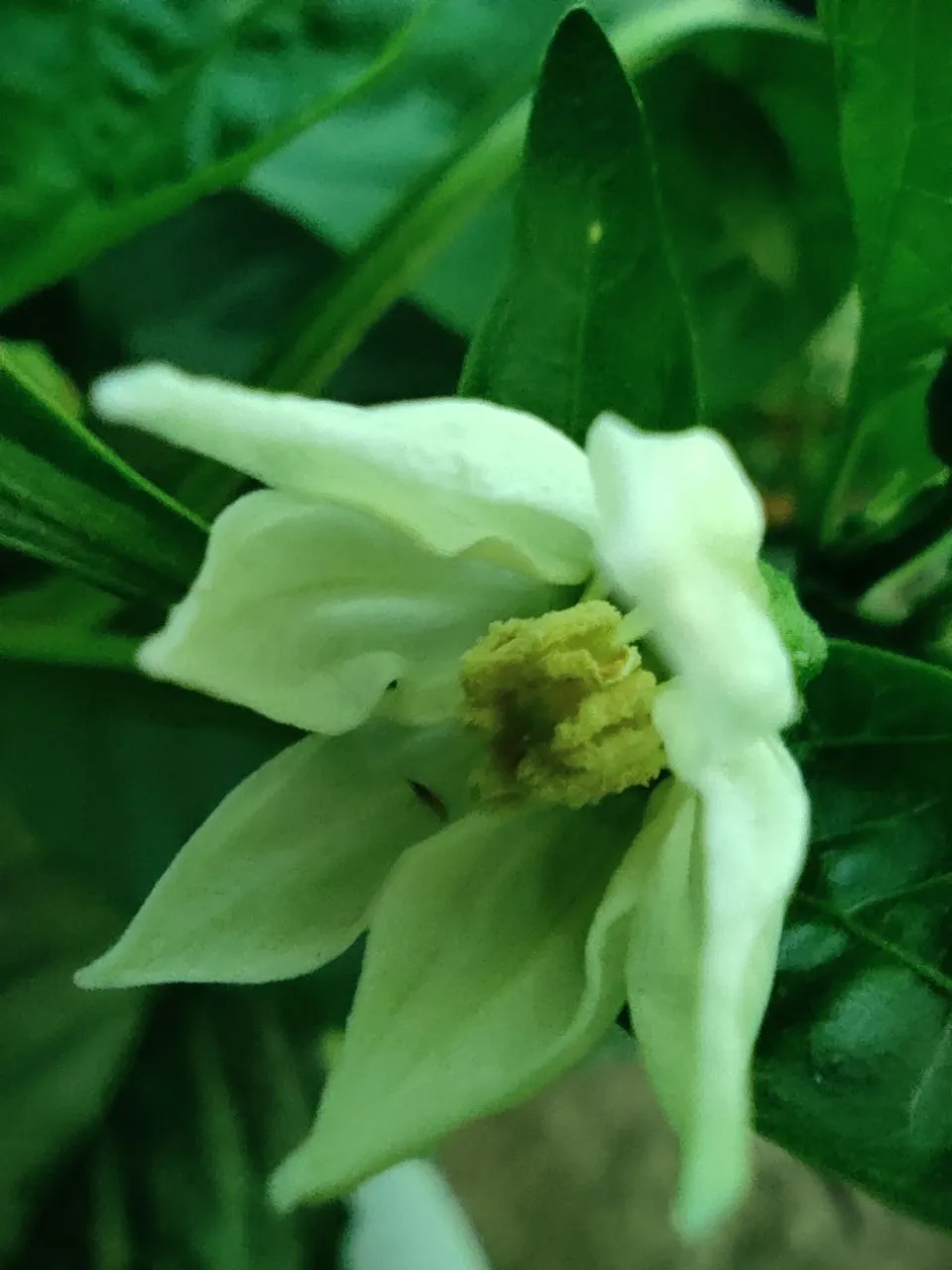
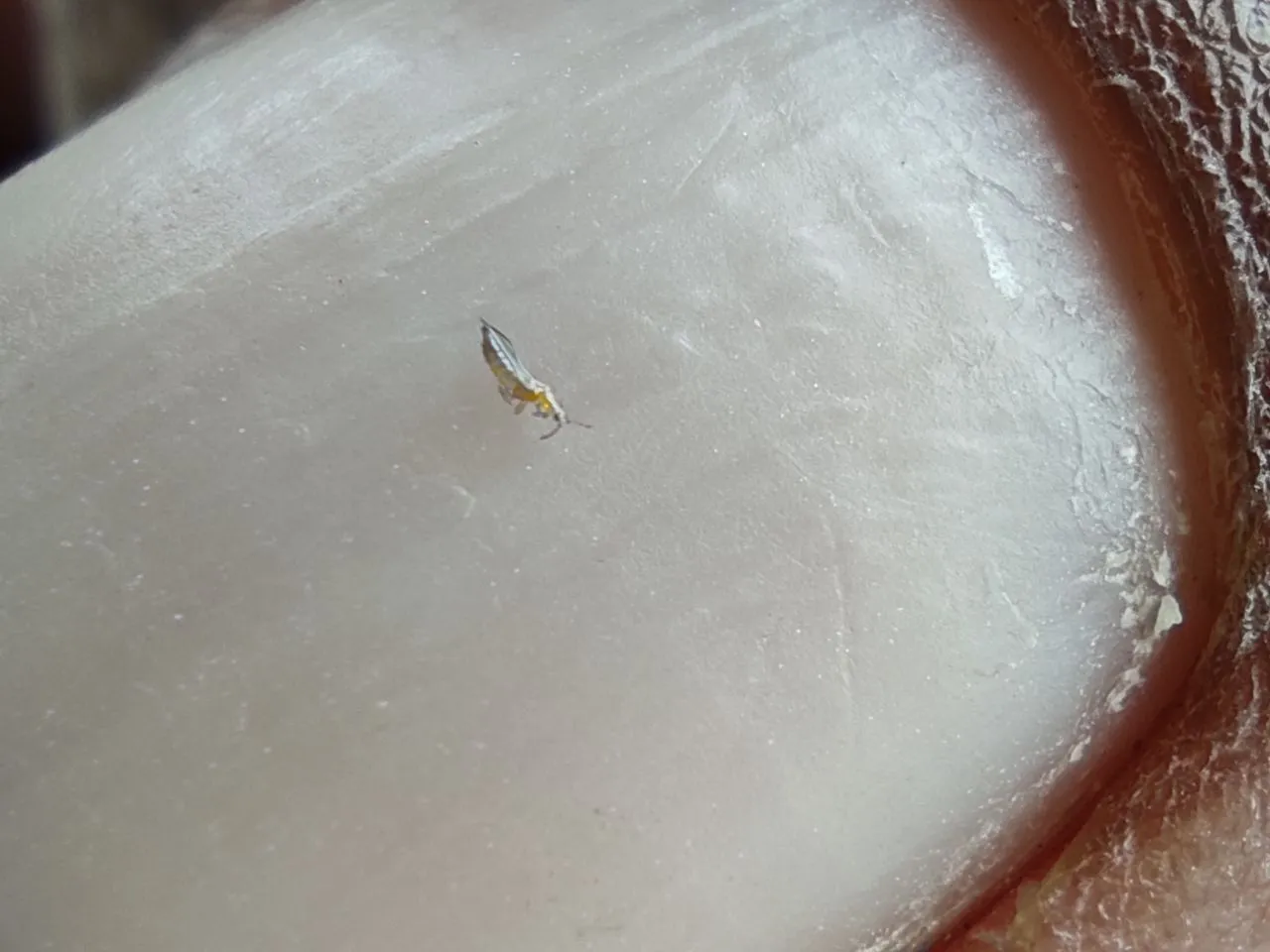
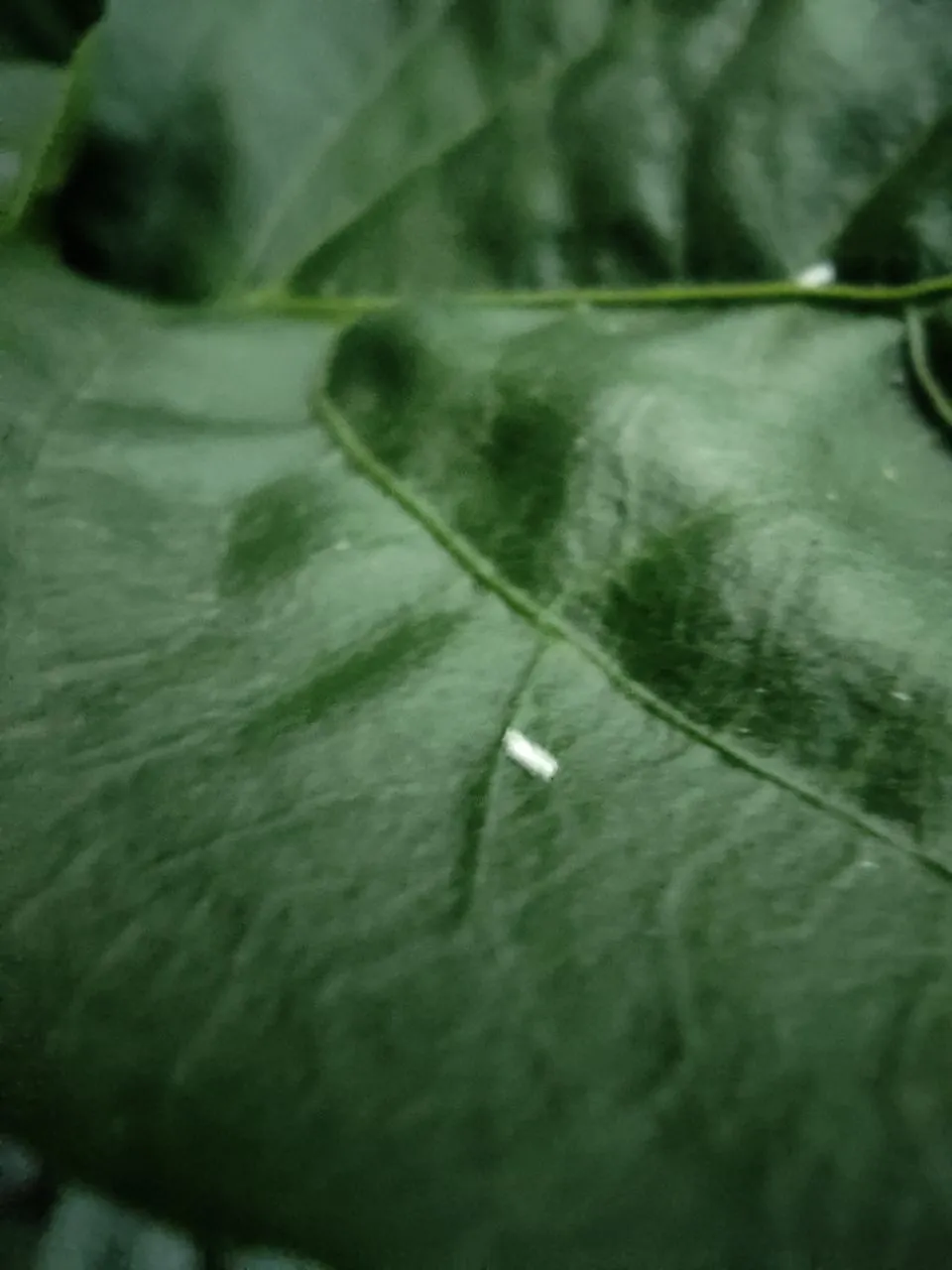
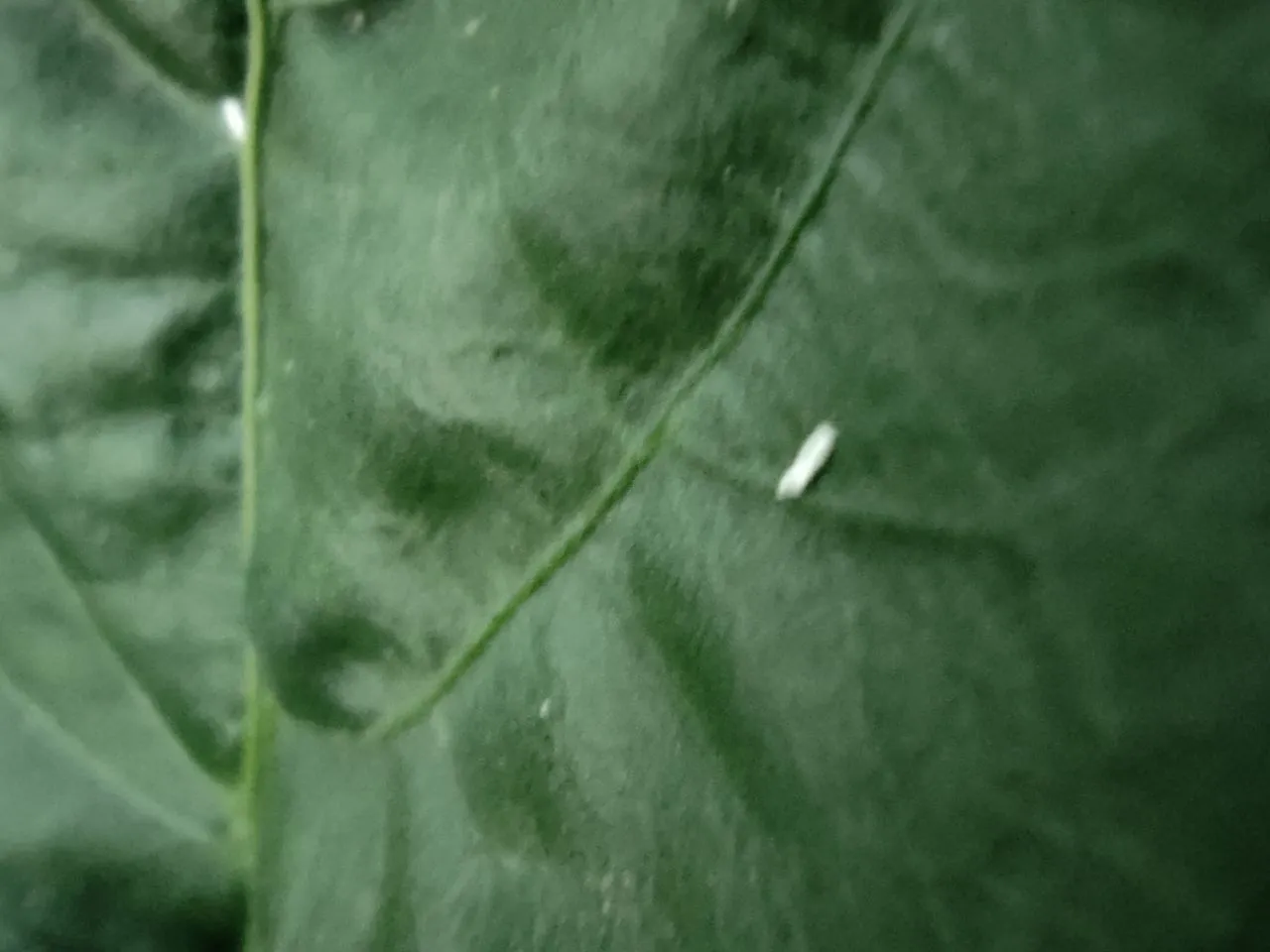
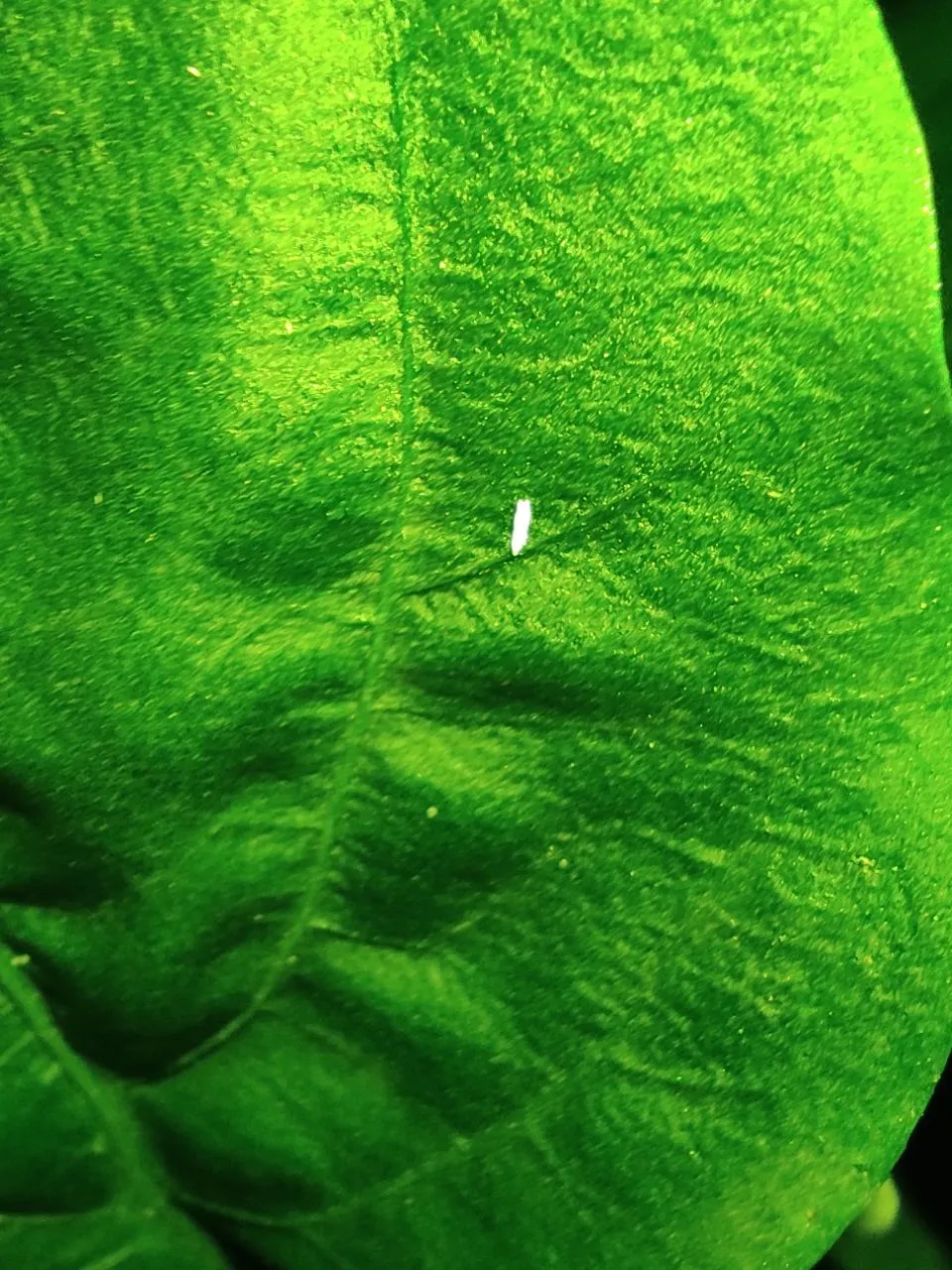
Ademas algunos otros pequeños amigos que también pude captar.
Plus a few other little friends that I was also able to capture.
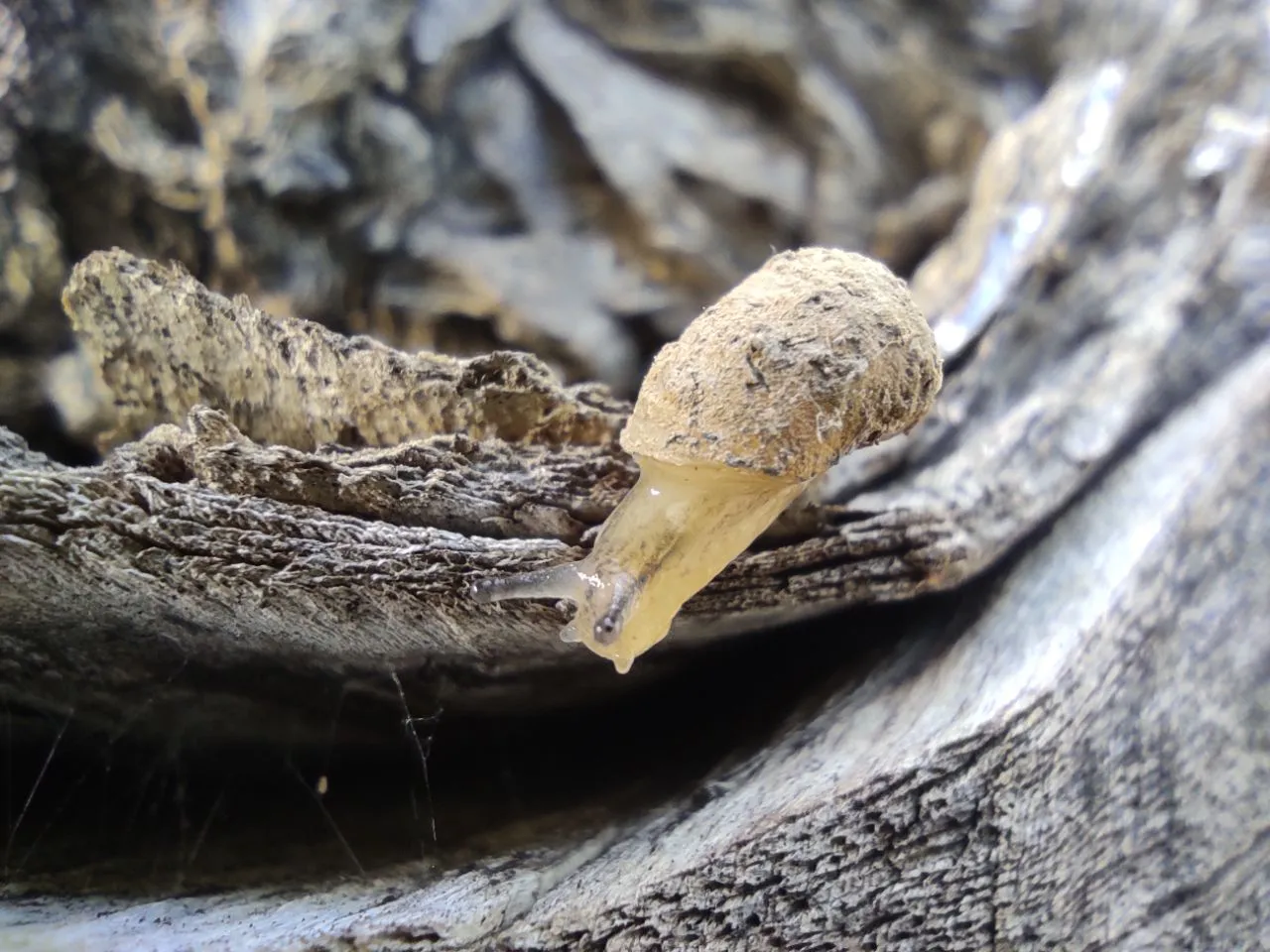
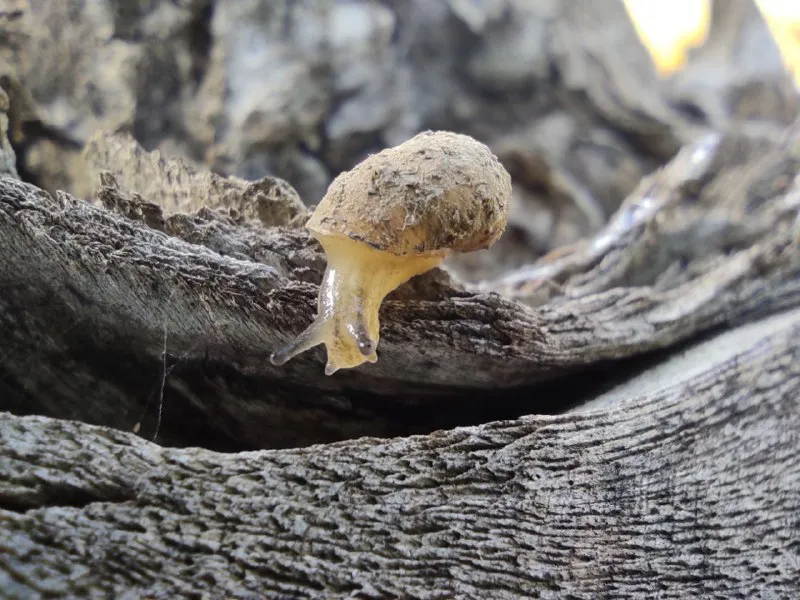

Fuera de las instalaciones del invernadero crecen algunas flores como dientes de león, y algunas plantas de maracuyá cuya flor me pareció muy bonita, al igual que las pequeñas flores del pimentón.
Outside the greenhouse facilities grow some flowers such as dandelions, and some passion fruit plants whose flower I found very pretty, as well as the small flowers of the paprika.
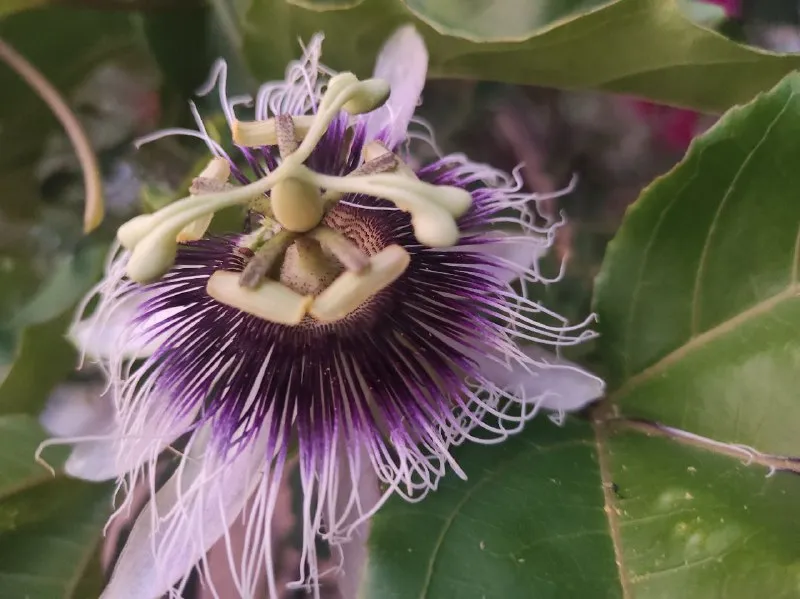
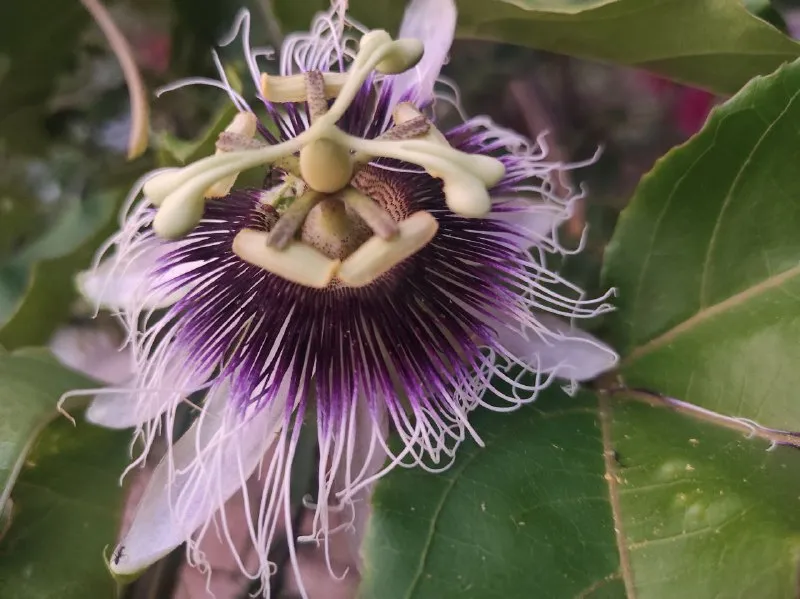
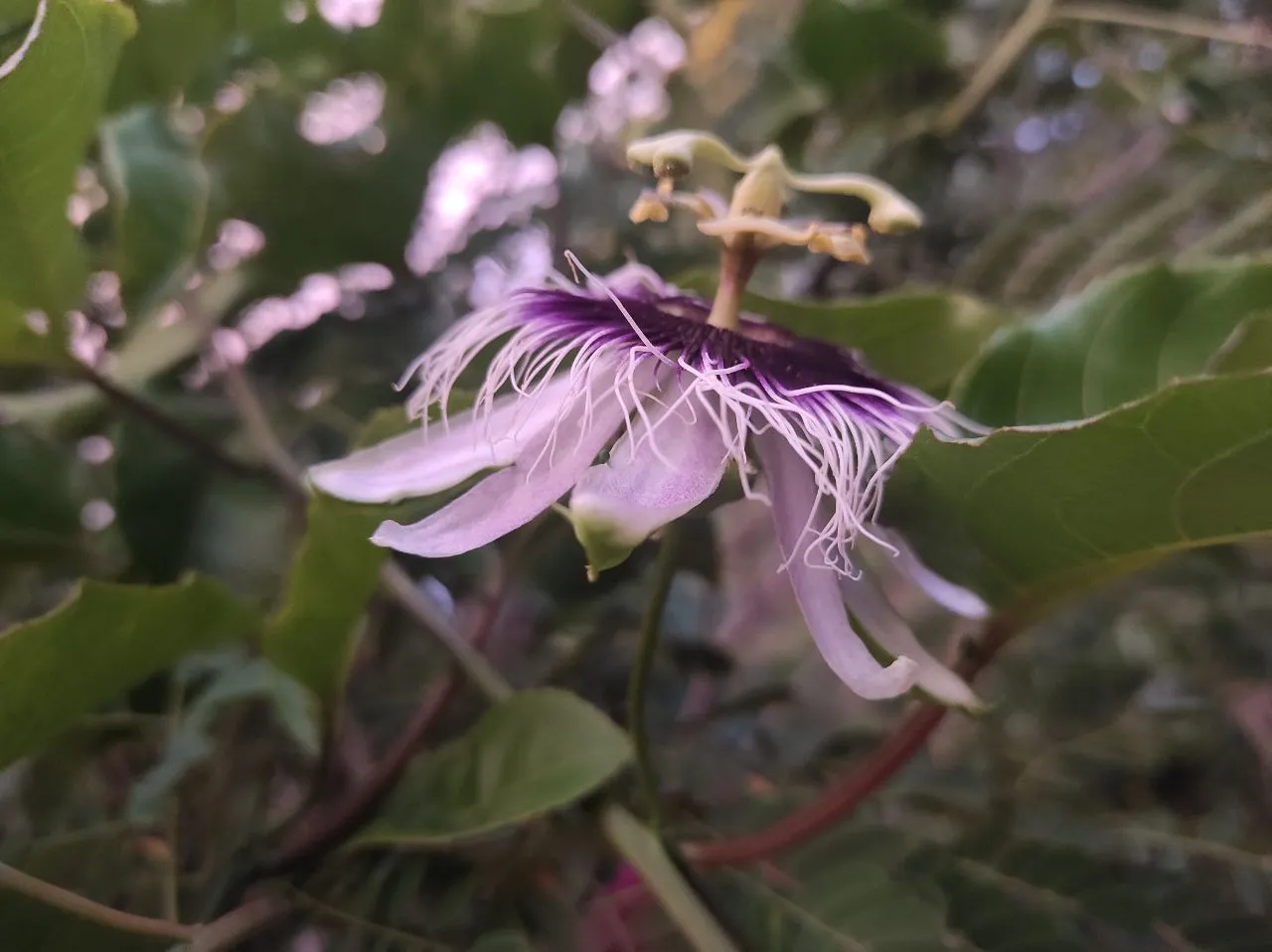
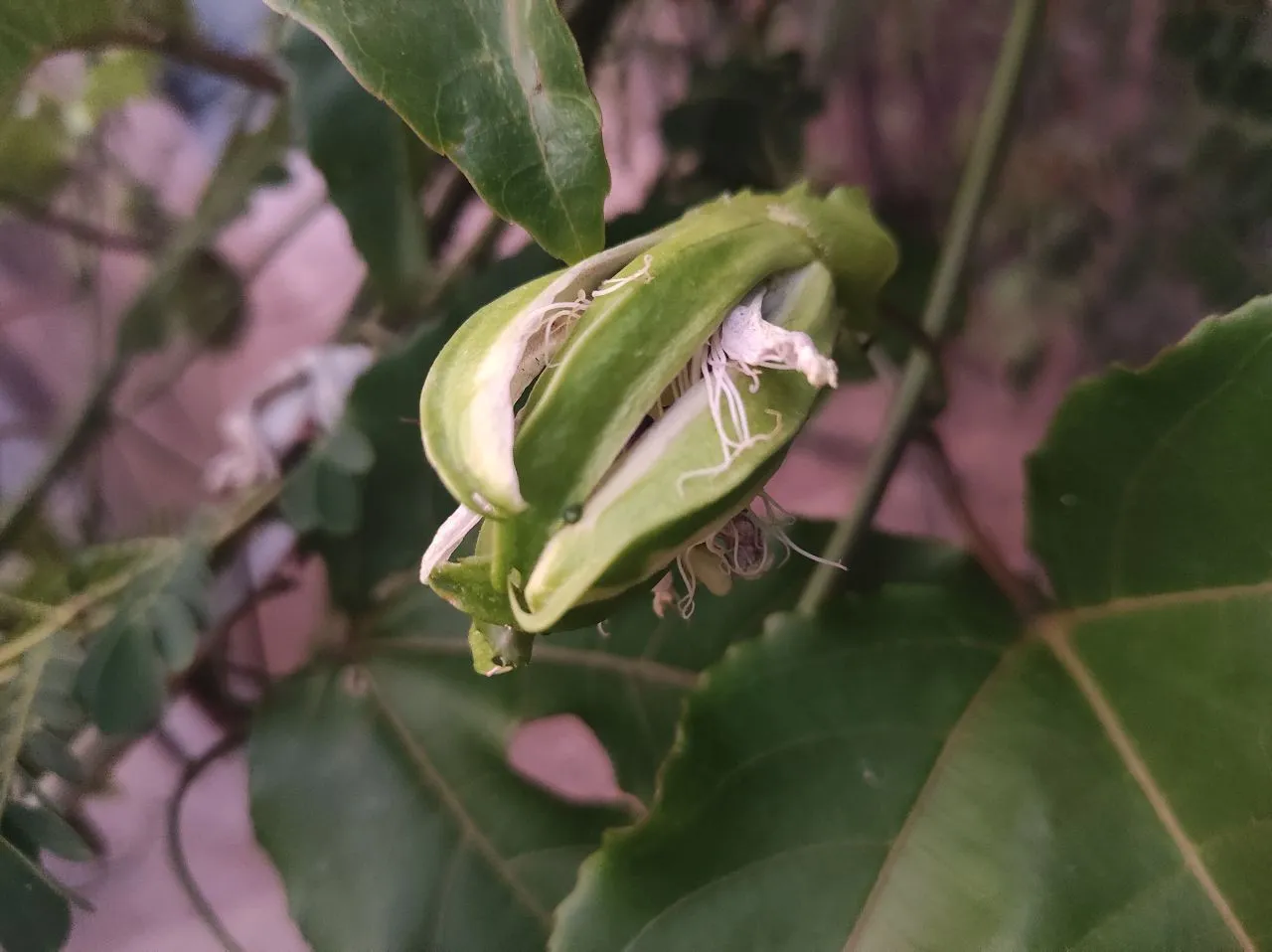

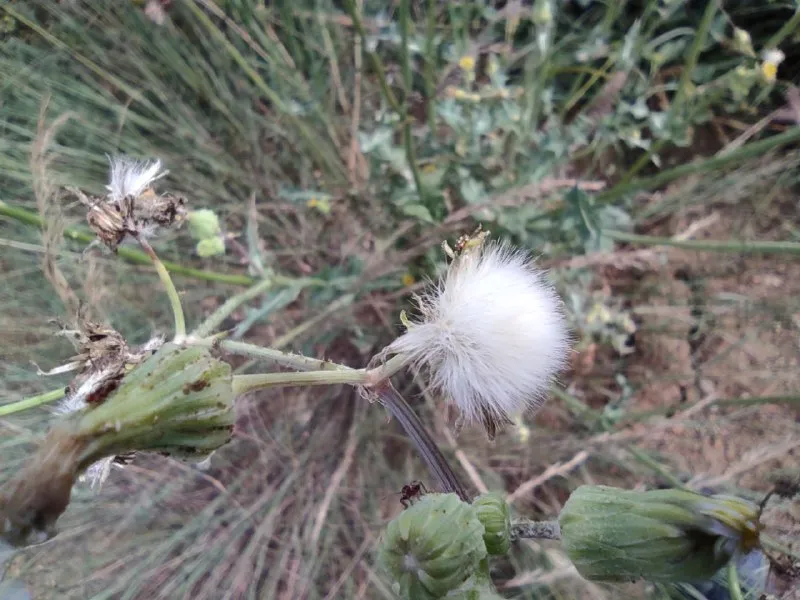
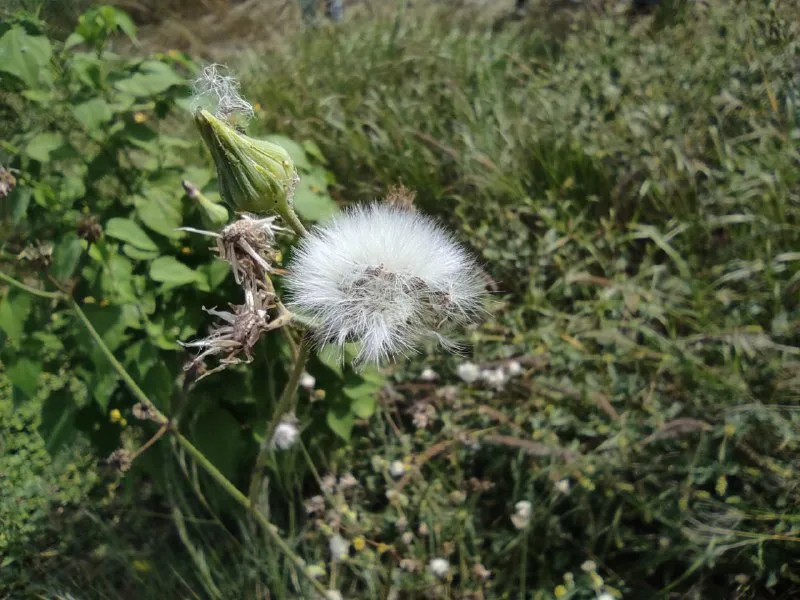
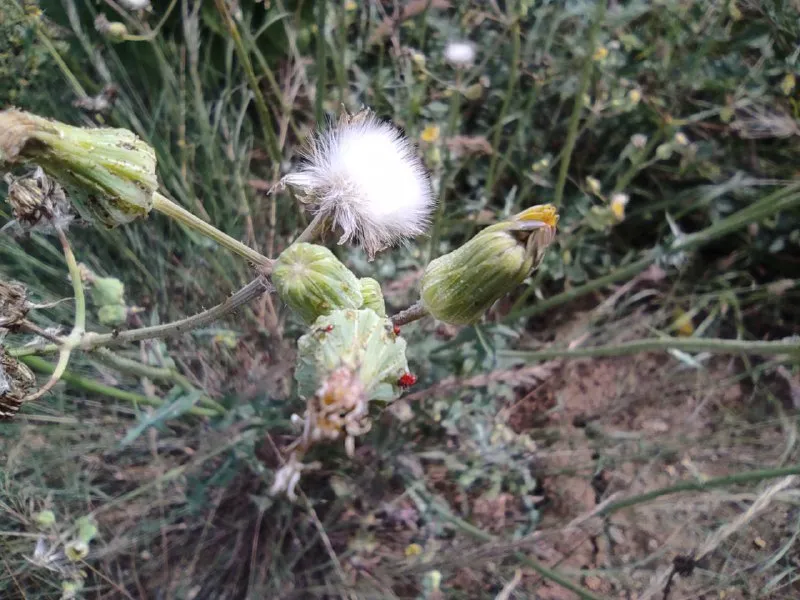
Y para finalizar con este recorrido quiero mostrarles las plantas que tienen una genética perfecta y otras las cuales están degeneradas, esto también forma parte del ecosistema, ademas de lidiar con algunas bacterias y hongos que siempre afectas a las hortalizas.
And to finish with this tour I want to show you the plants that have perfect genetics and others which are degenerated, this is also part of the ecosystem, besides dealing with some bacteria and fungi that always affect vegetables.

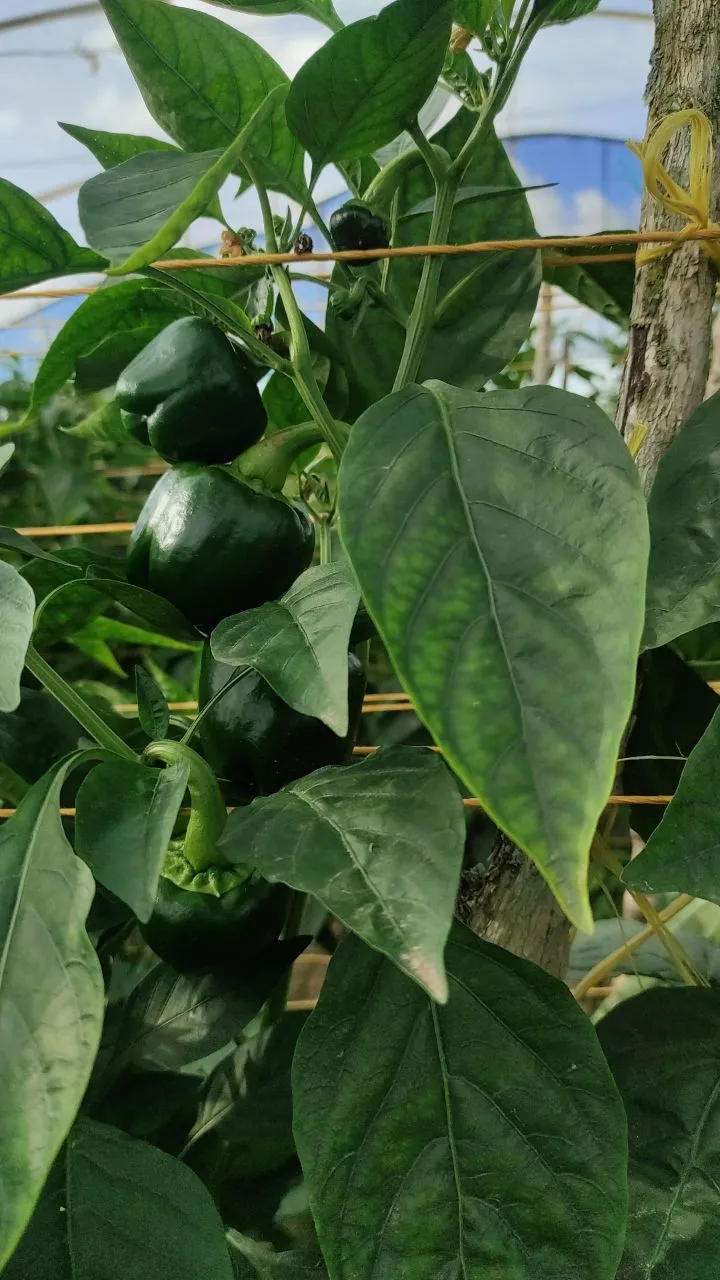
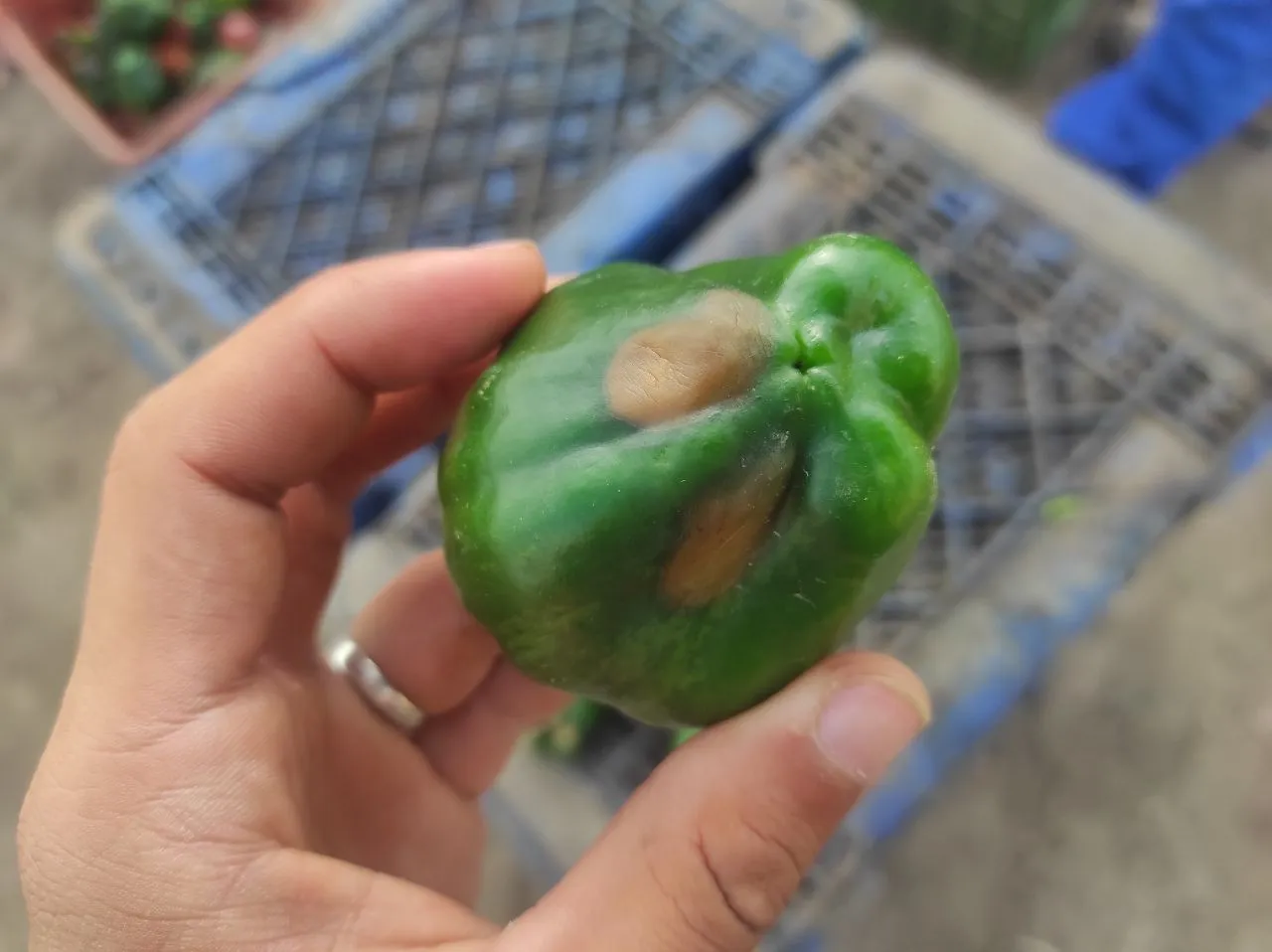
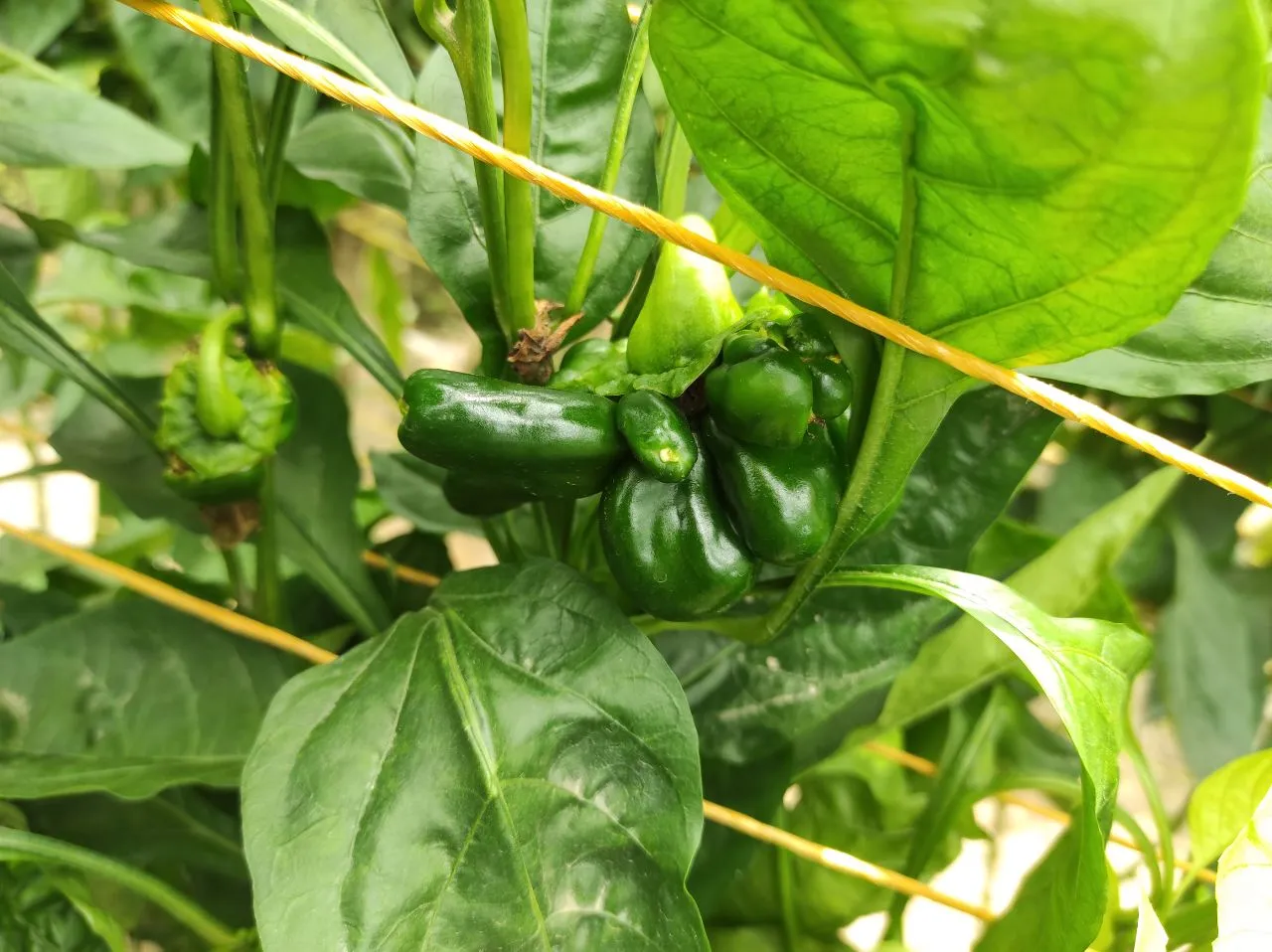
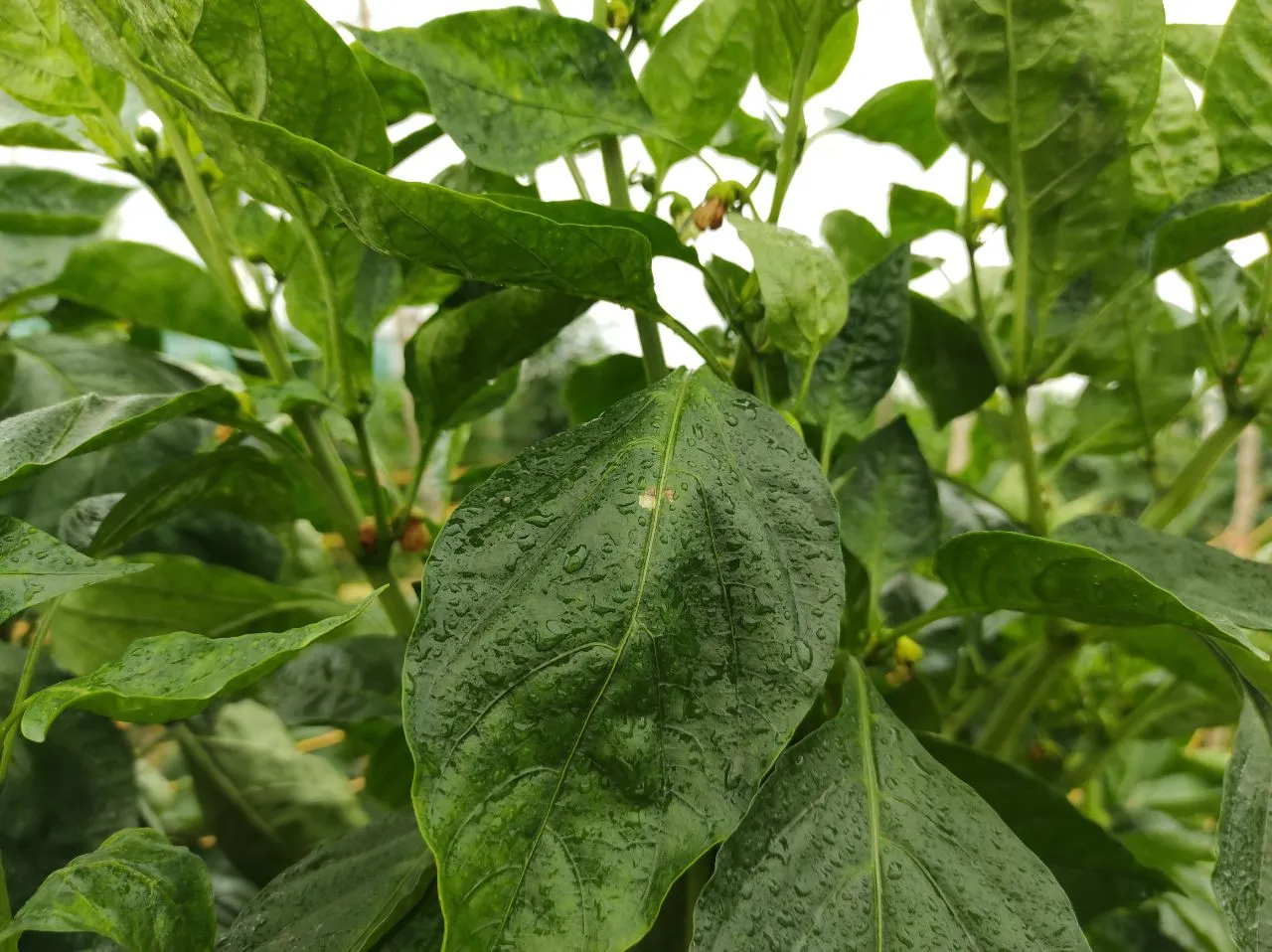
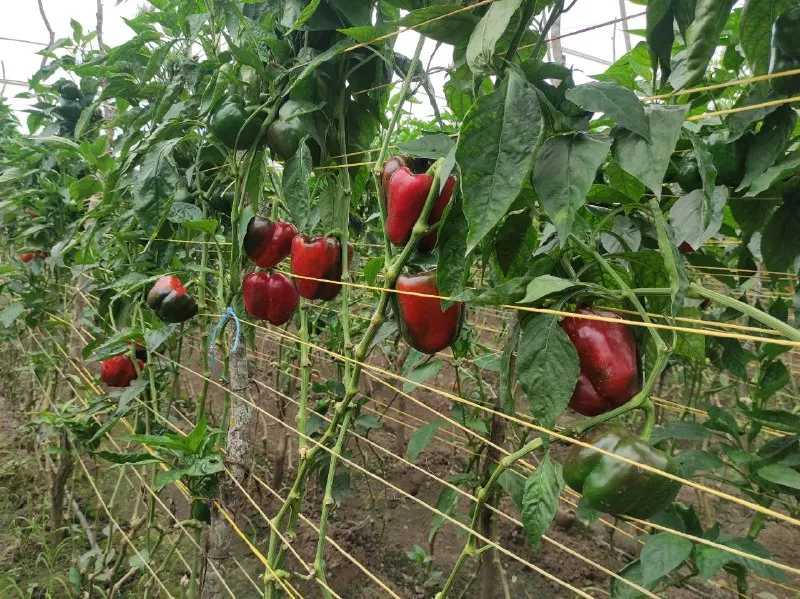
Y bueno con esto puedo finalizar, no es la mejor recopilación de fotografías que he hecho, pero soy un novato en esto, quisiera compartir aquí tantas cosas que veo, que no son muy comunes pero ya tendré tiempo para ello. Así como el tratamiento de las plantas en semilleros, el trasplante, y muchas mas cosas que he visto en este mundo, estoy aprendiendo todo lo que puedo y espero que cada vez mas me sea de utilidad.
El ecosistema de los invernaderos es variado y esto lo que podemos ver a simple vista, pero aun así es mucho mas extenso.
Con respecto a las plantas, hay diferentes tipos, y diferentes frutos, todo varia según la empresa, pero nosotros queremos hacer una prueba técnica con ello, con las semillas híbridas de muchas marcas y tipos queremos probar la rentabilidad de cada una y la durabilidad y resistencia hacia los virus.
Nos vemos en la próxima.
Todas las fotos fueron tomadas por mi con un dispositivo Xiaomi Redmi Note 9 Pro.
And well with this I can finish, it is not the best compilation of photographs that I have done, but I am a novice in this, I would like to share here so many things that I see, which are not very common but I will have time for it. As well as the treatment of plants in seedbeds, transplanting, and many more things that I have seen in this world, I am learning everything I can and I hope that more and more will be useful to me.
The greenhouse ecosystem is varied and this is what we can see with the naked eye, but even so it is much more extensive.
With respect to the plants, there are different types, and different fruits, everything varies according to the company, but we want to make a technical test with it, with hybrid seeds of many brands and types we want to test the profitability of each one and the durability and resistance to viruses.
See you next time.
*All photos were taken by me with a Xiaomi Redmi Note 9 Pro device.
